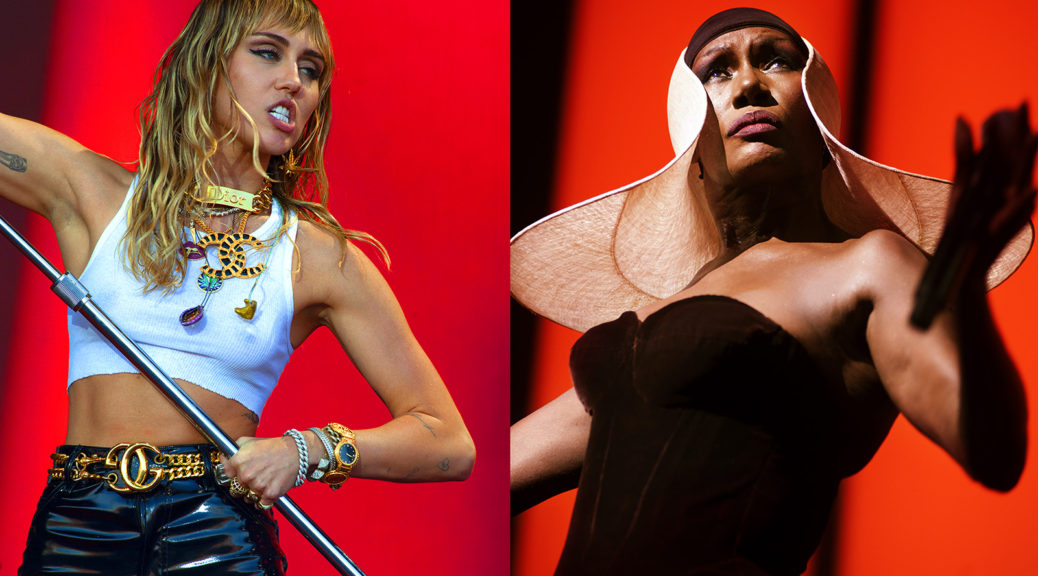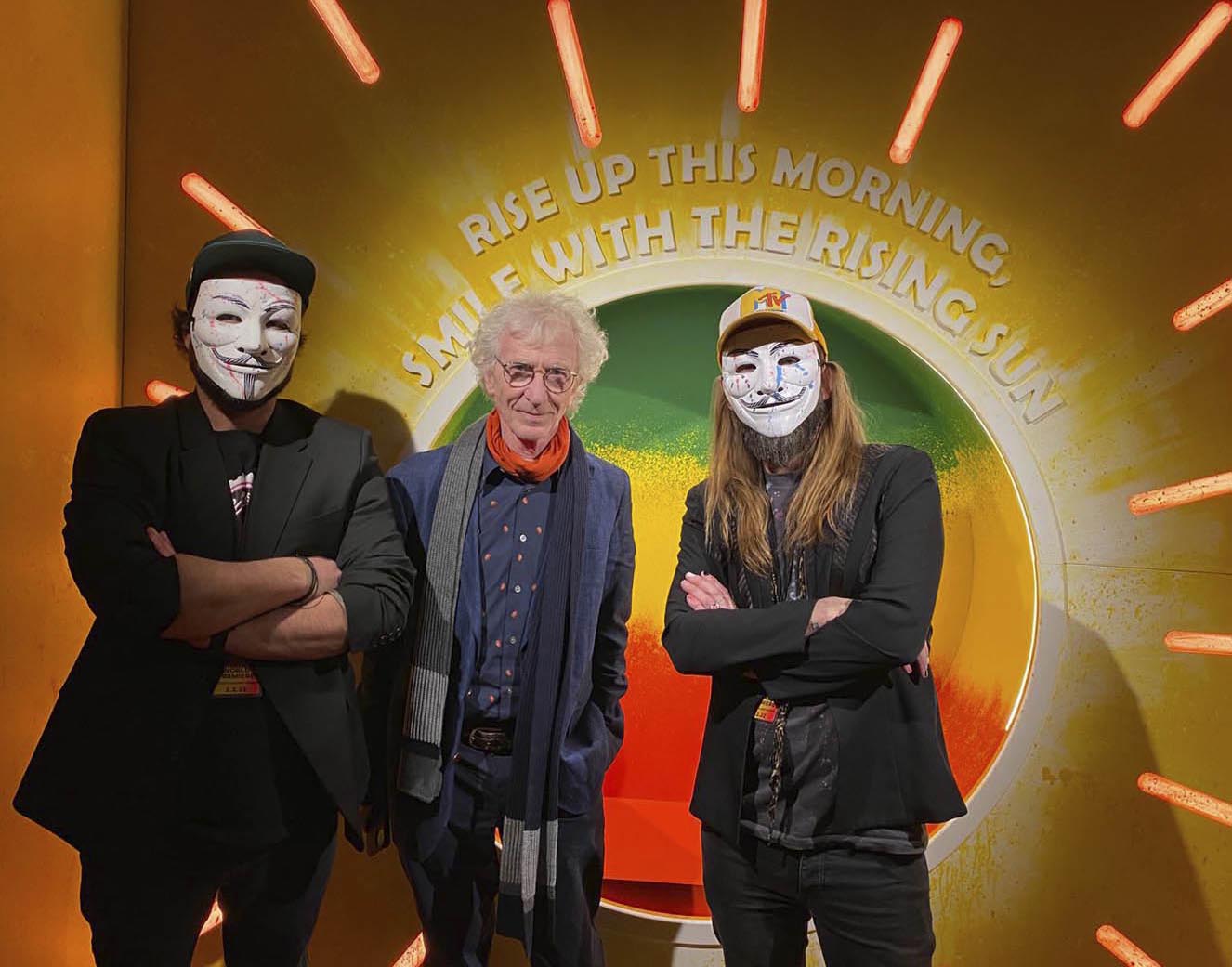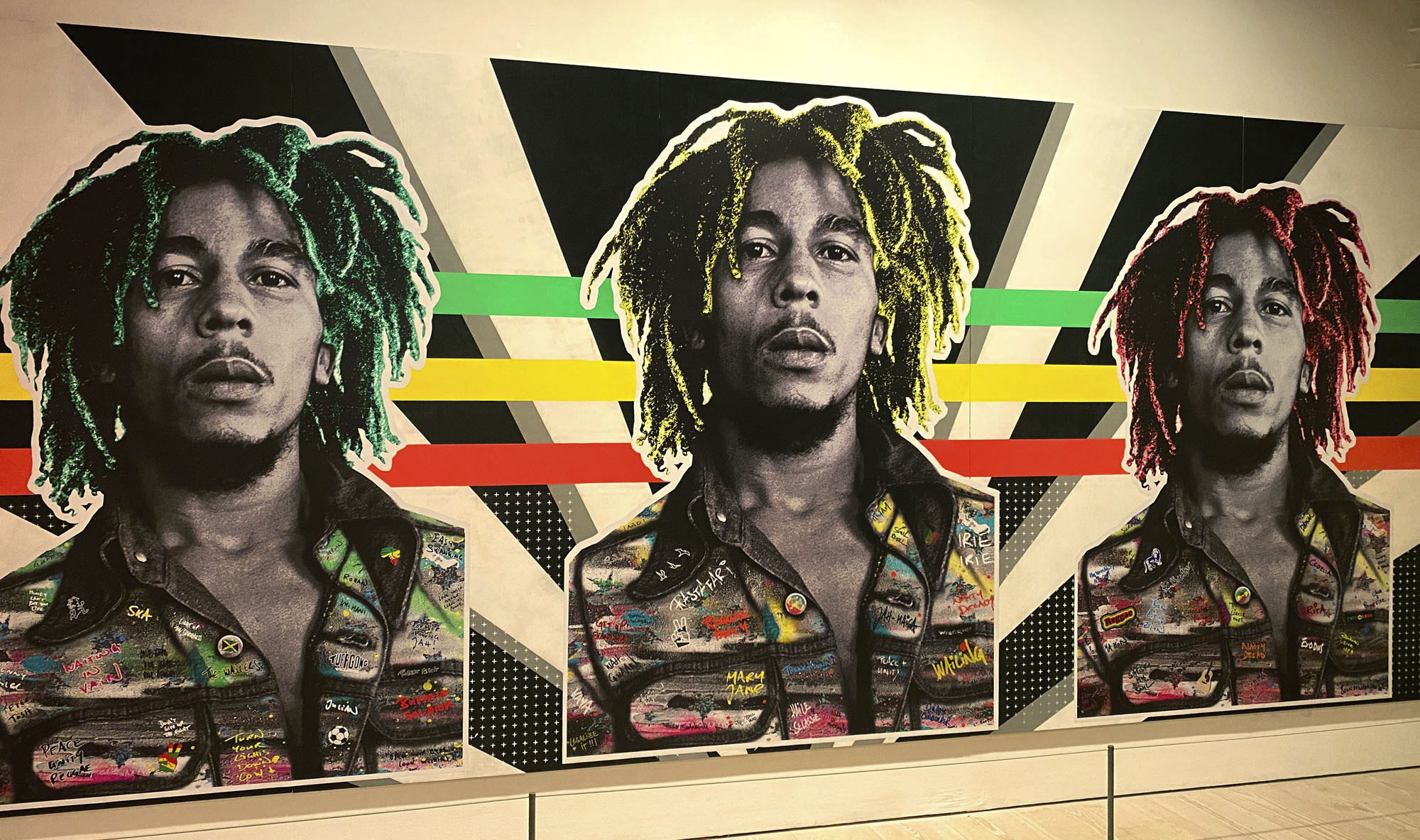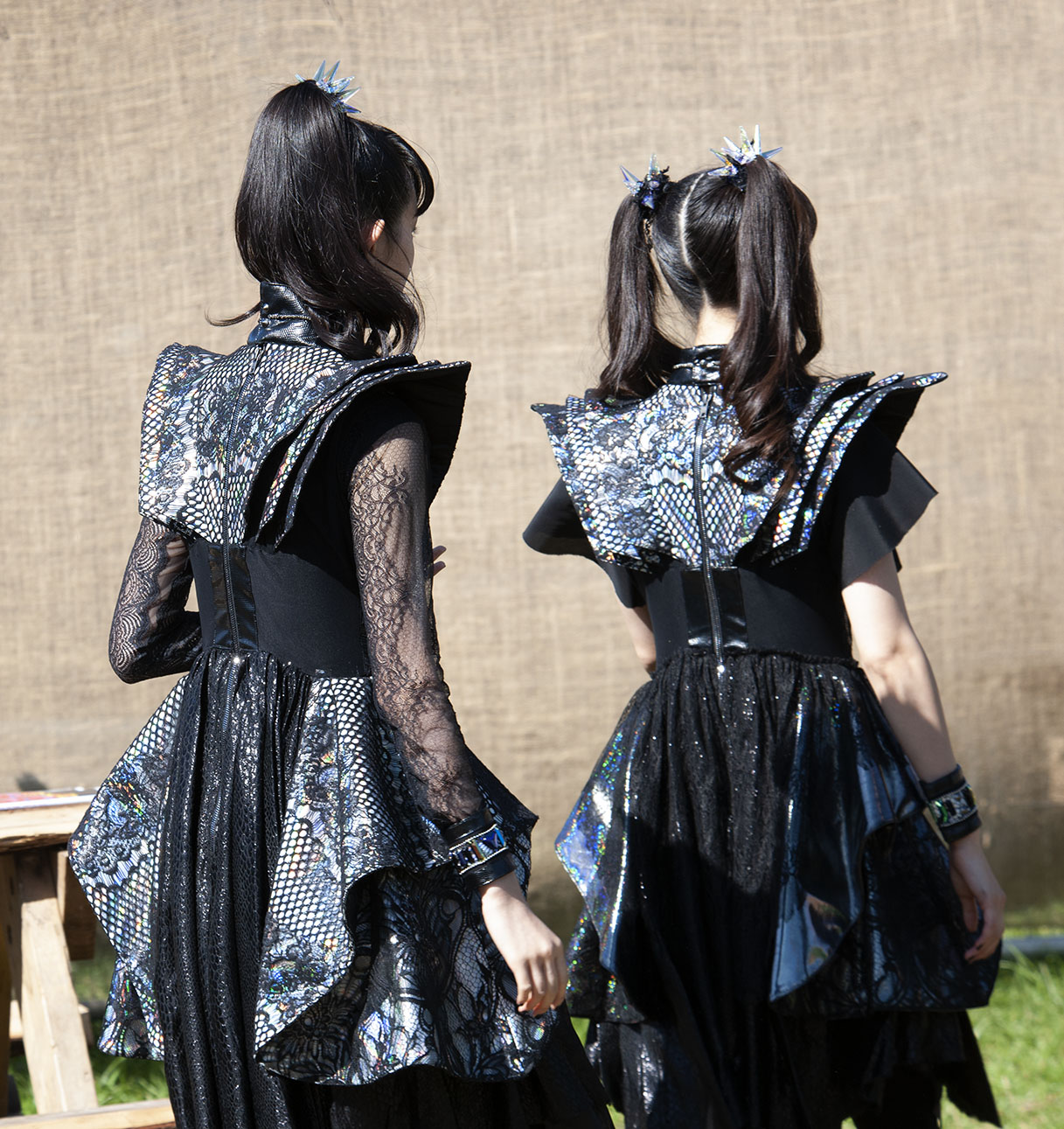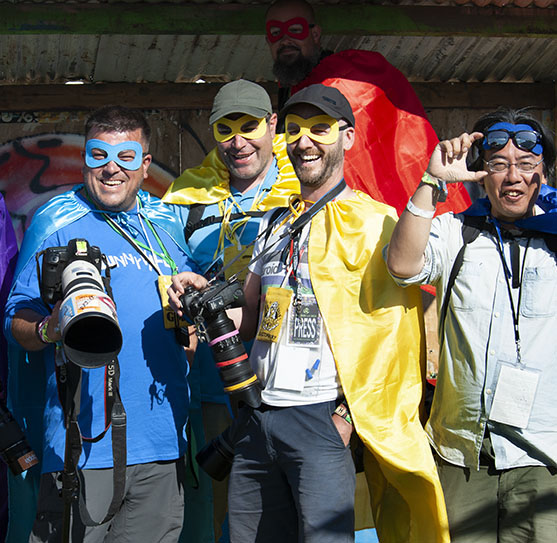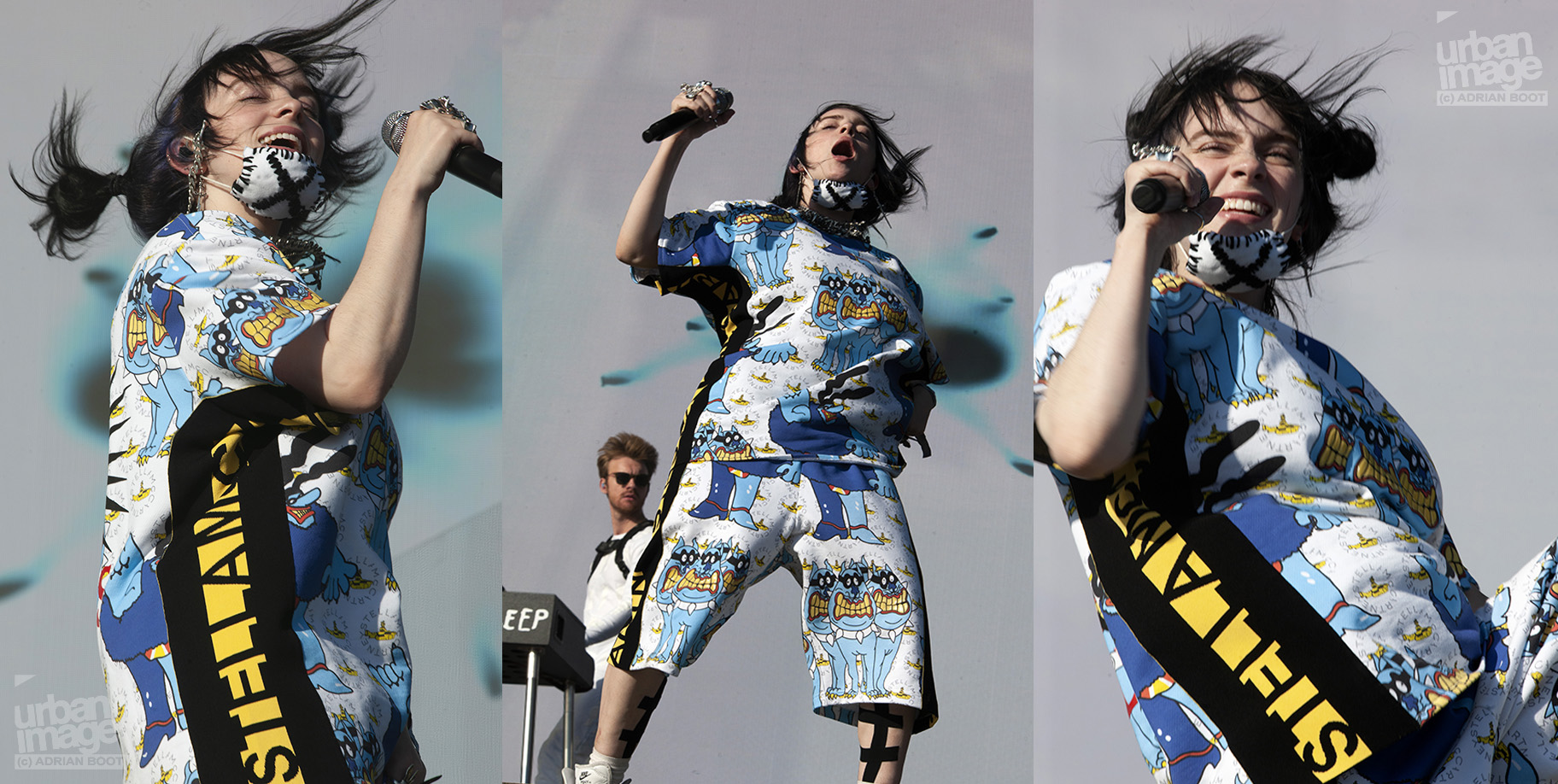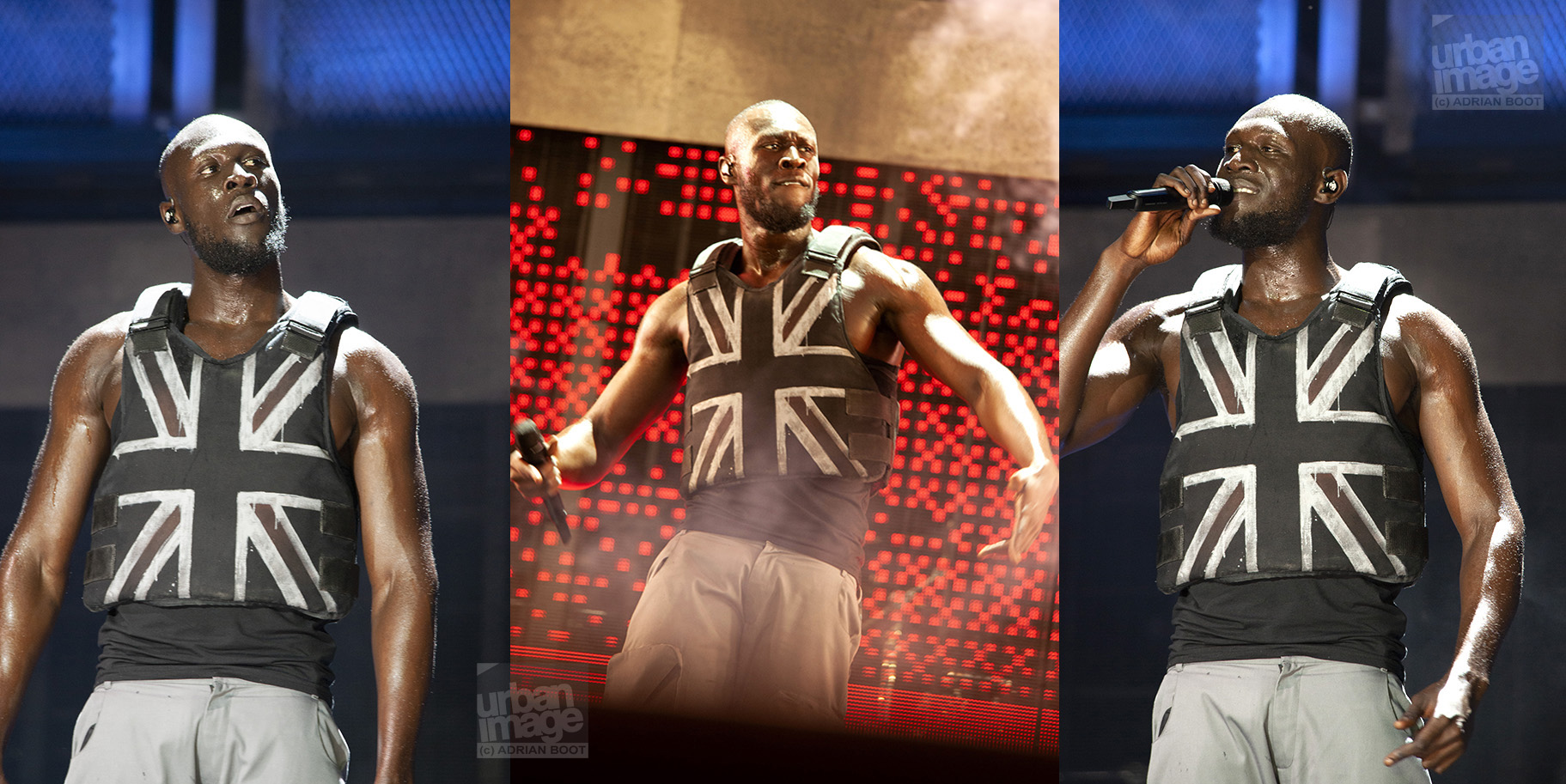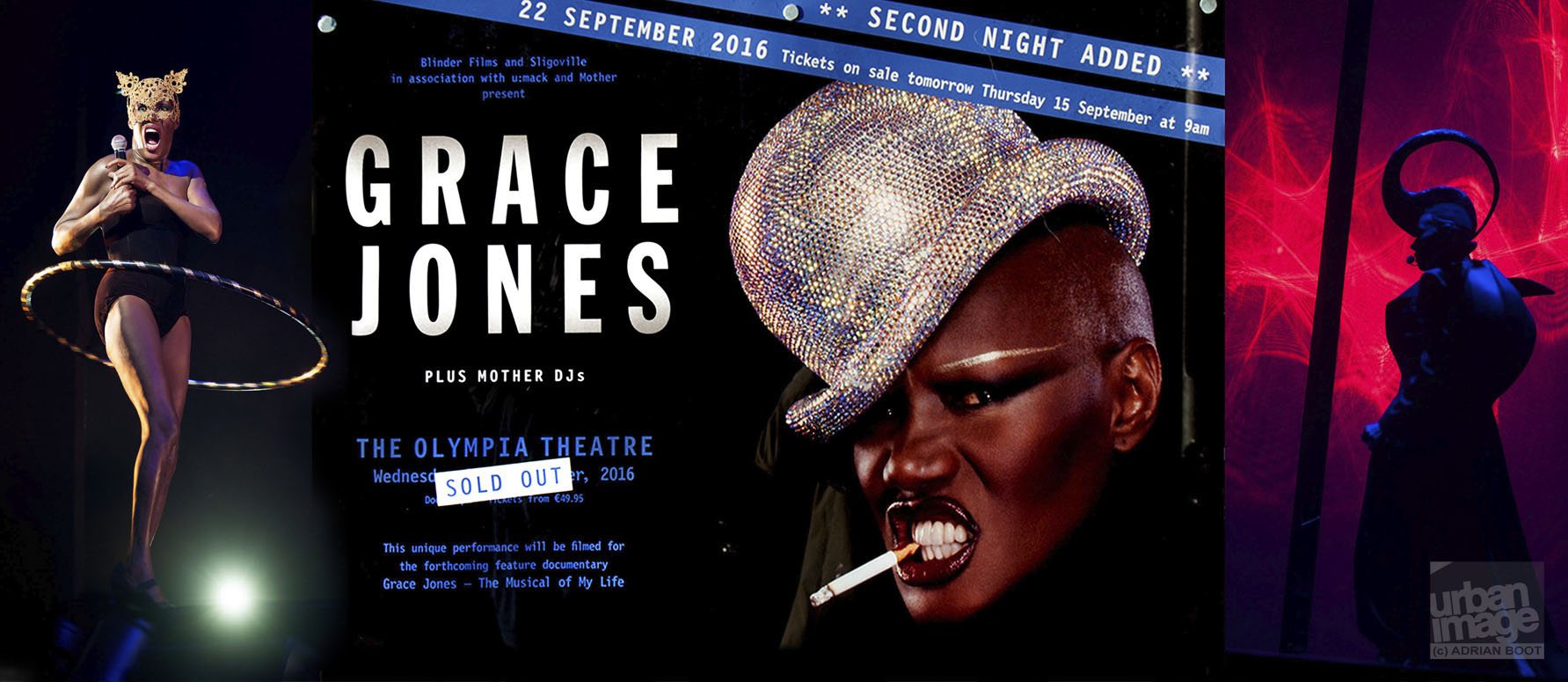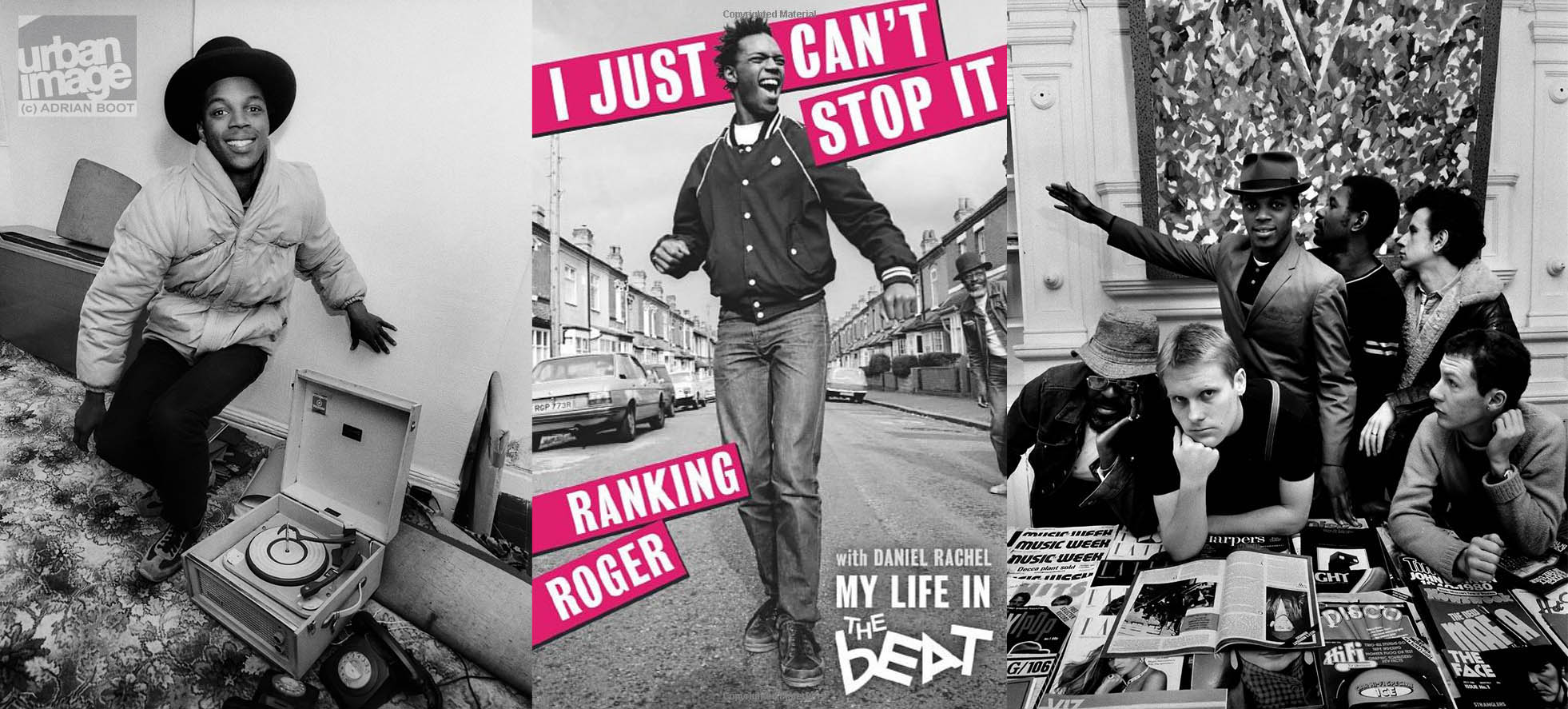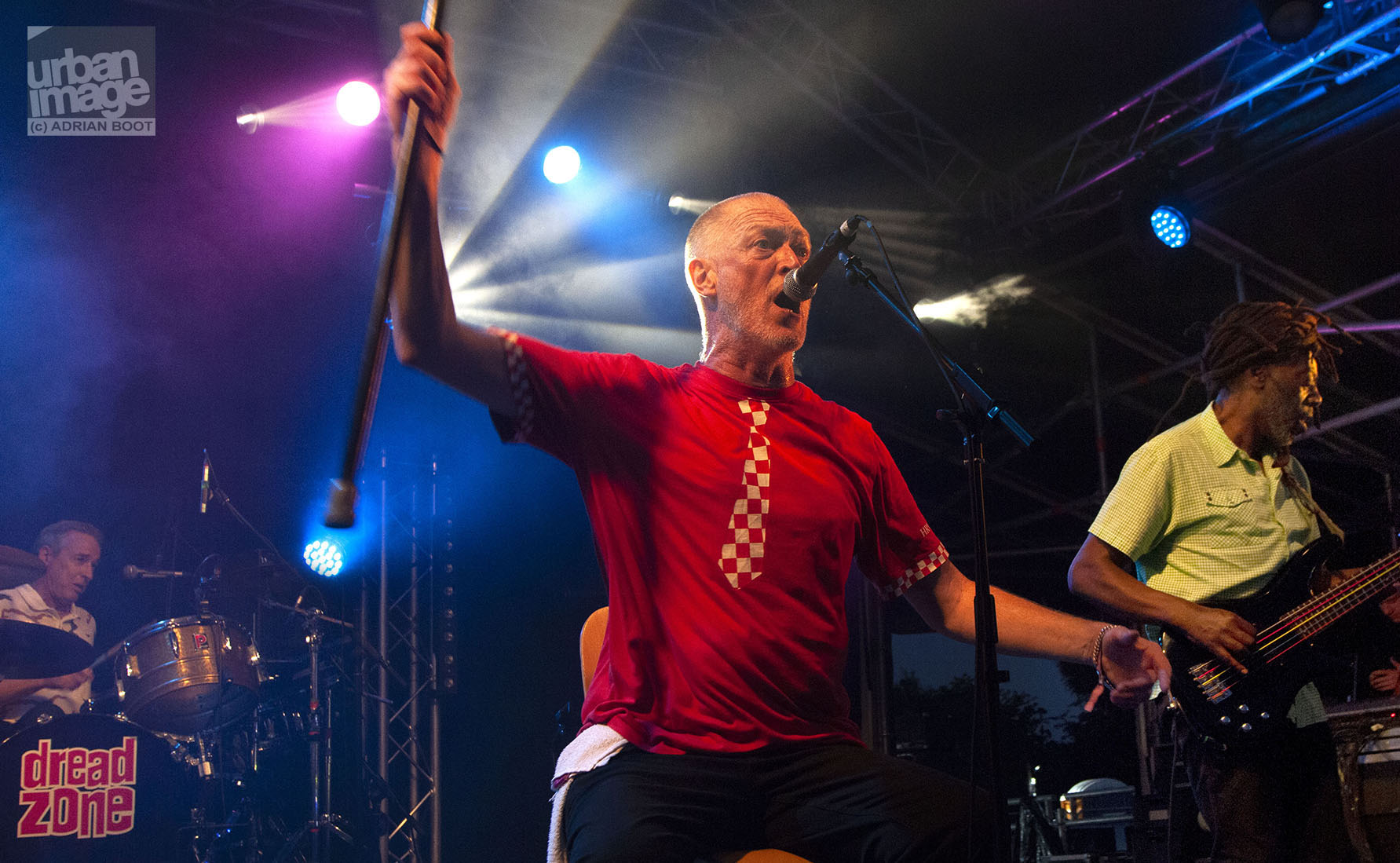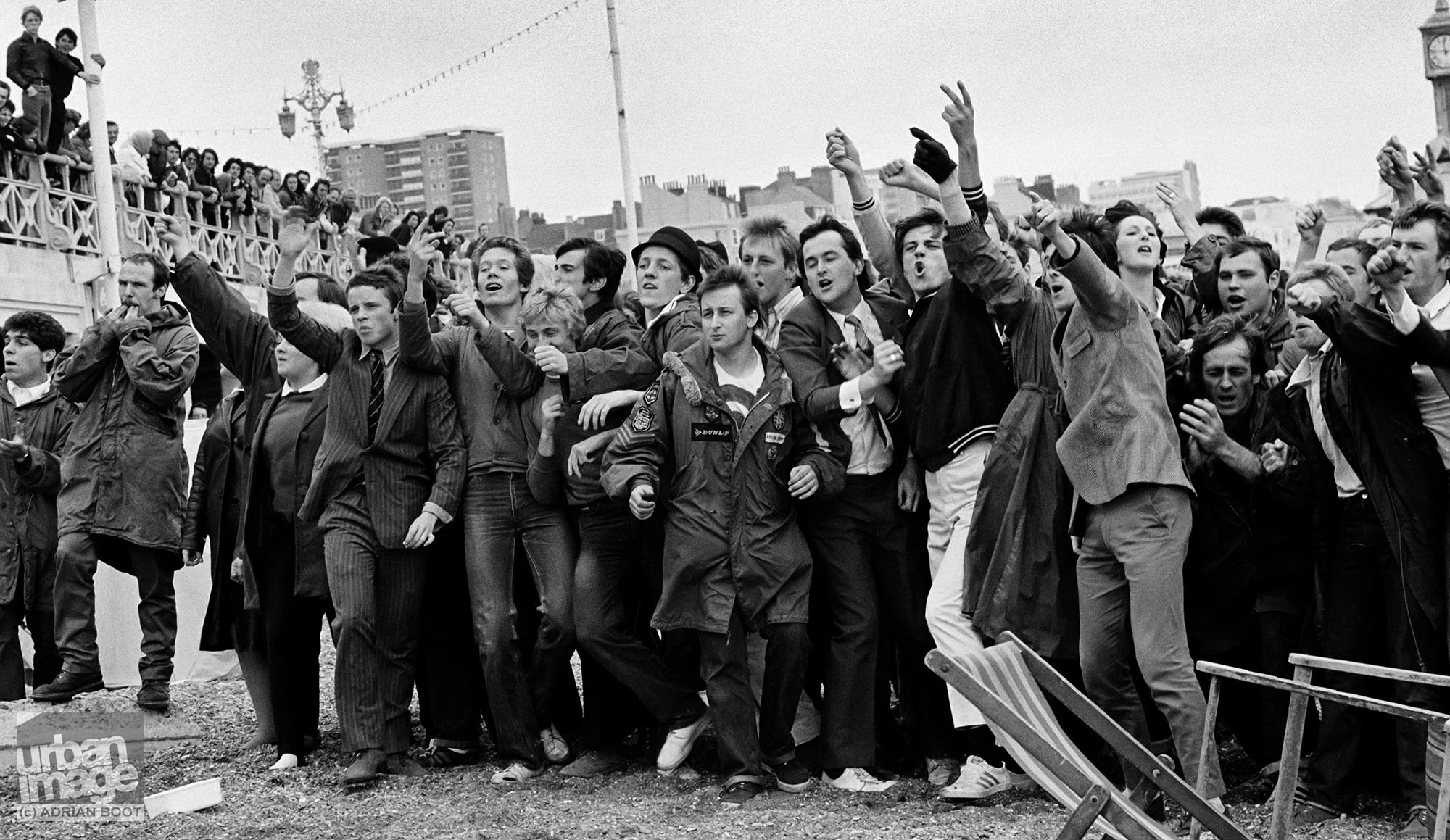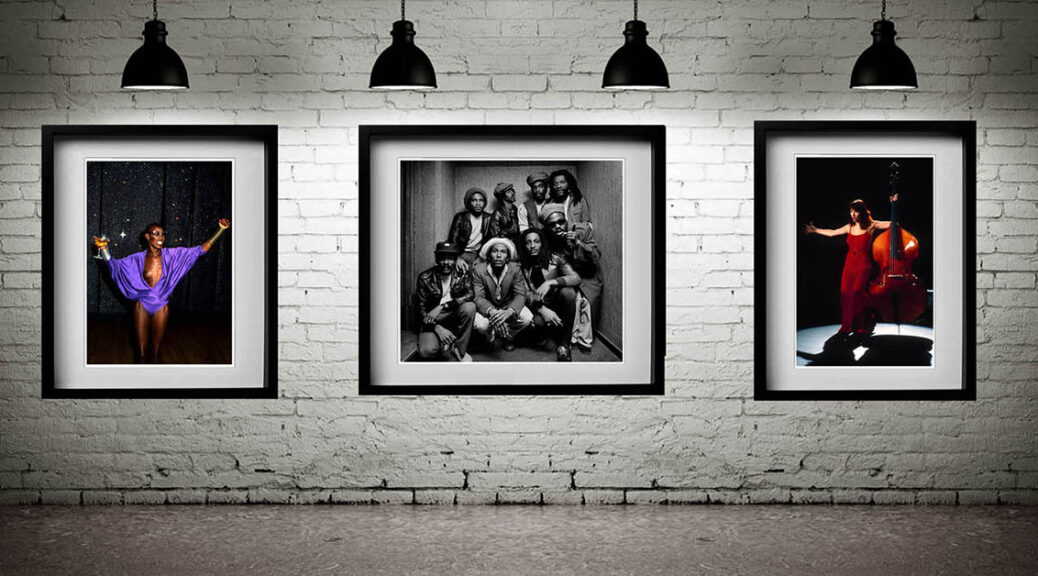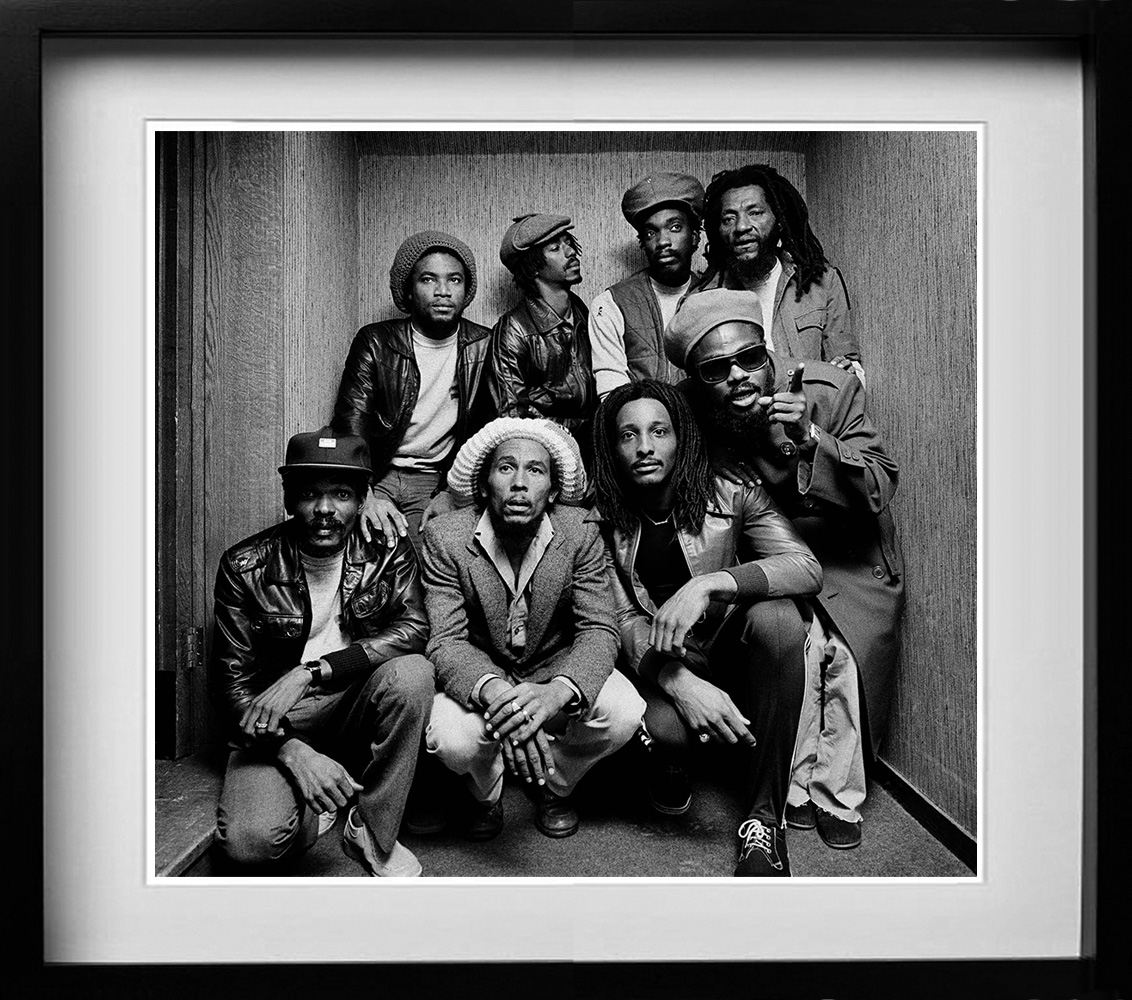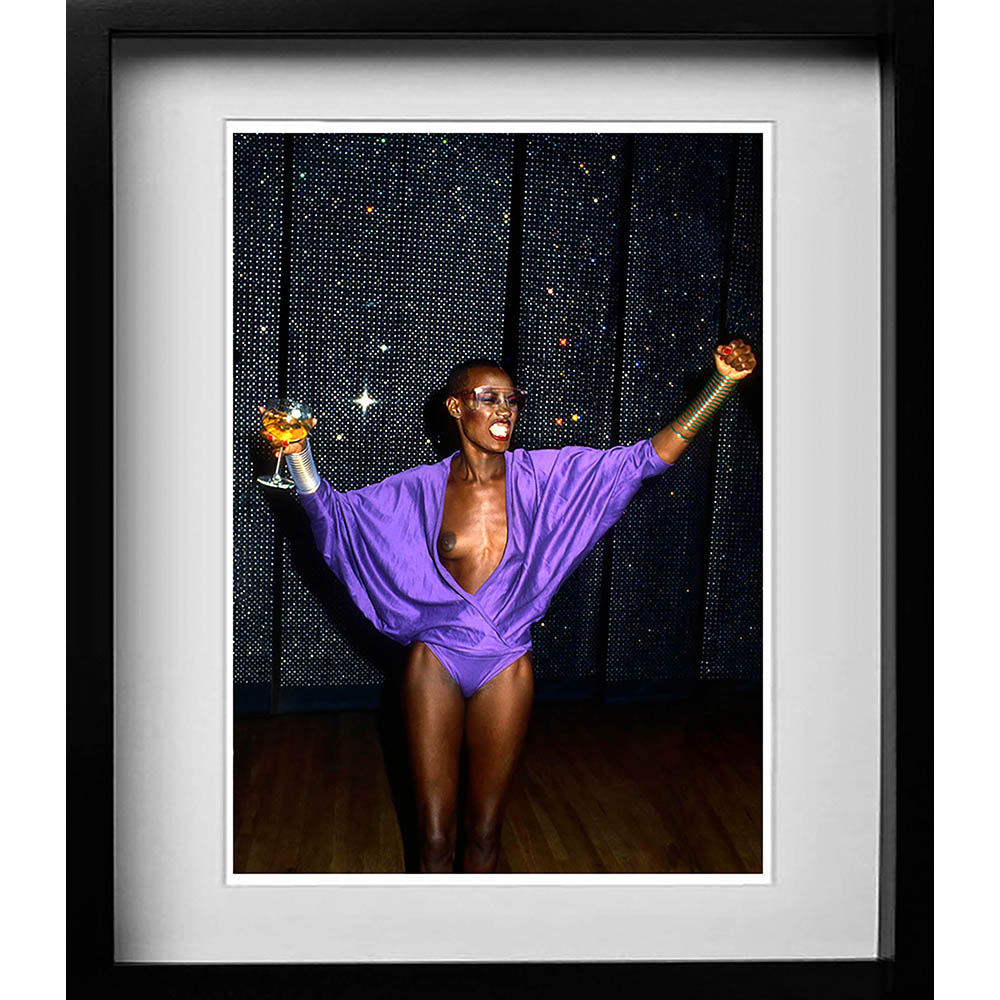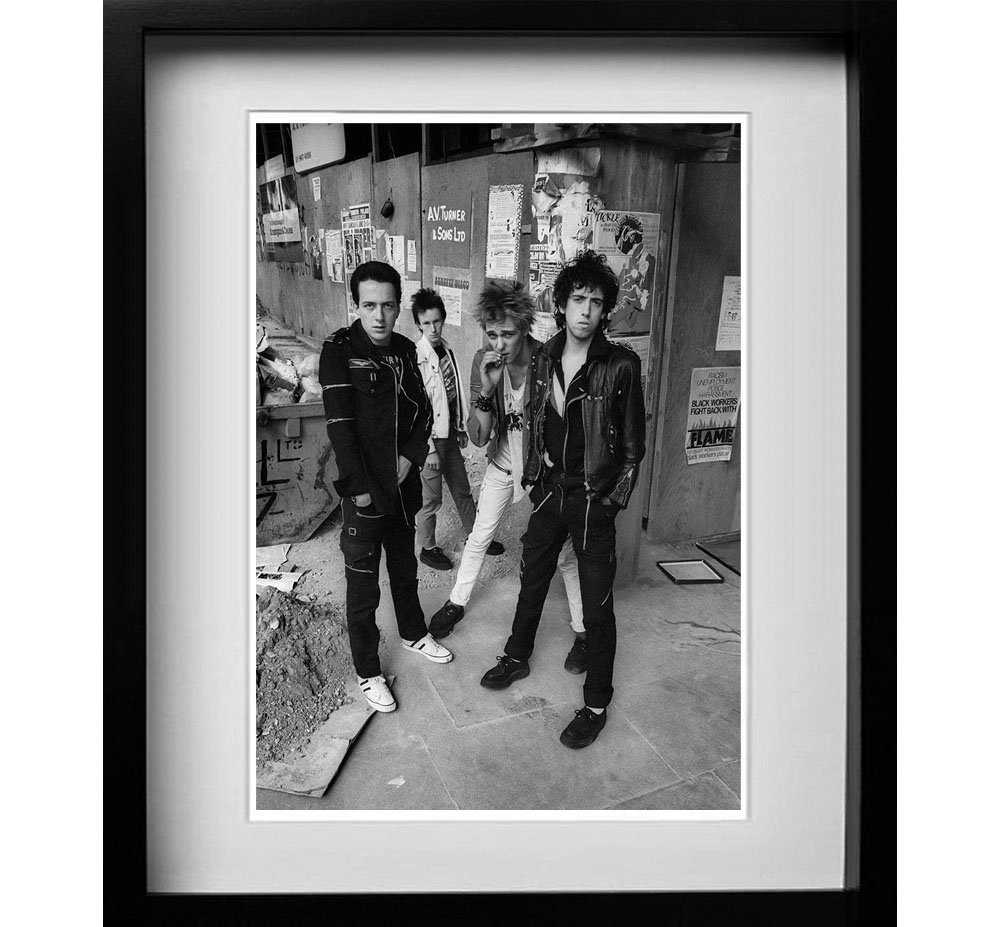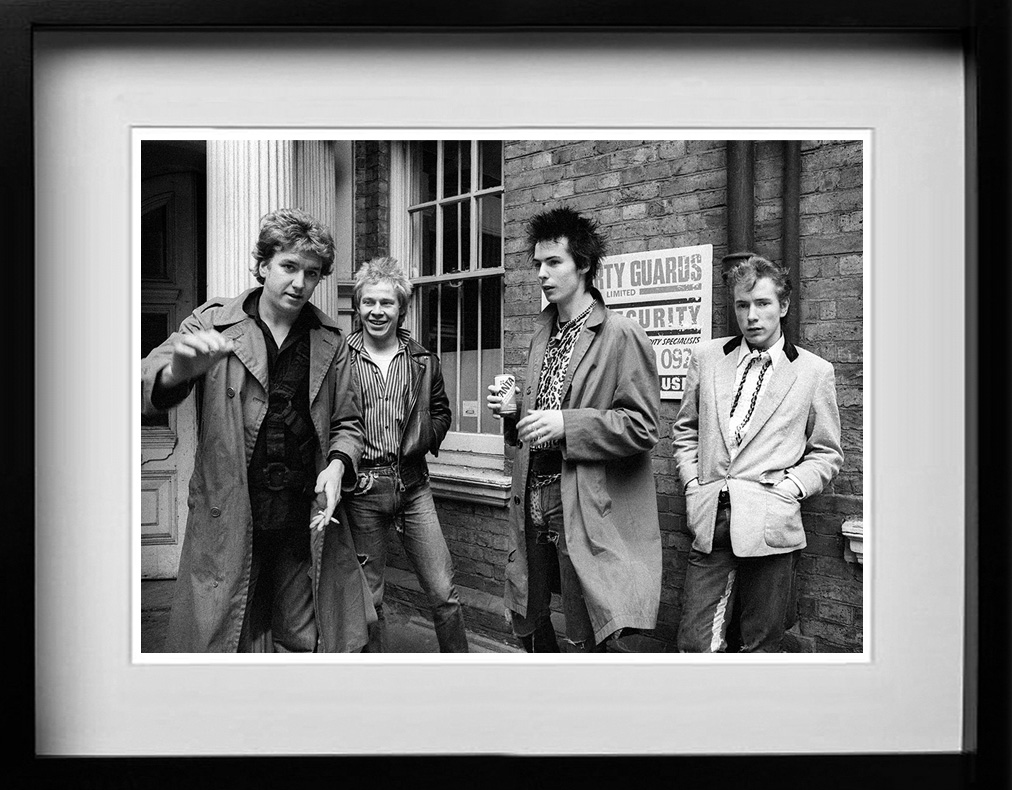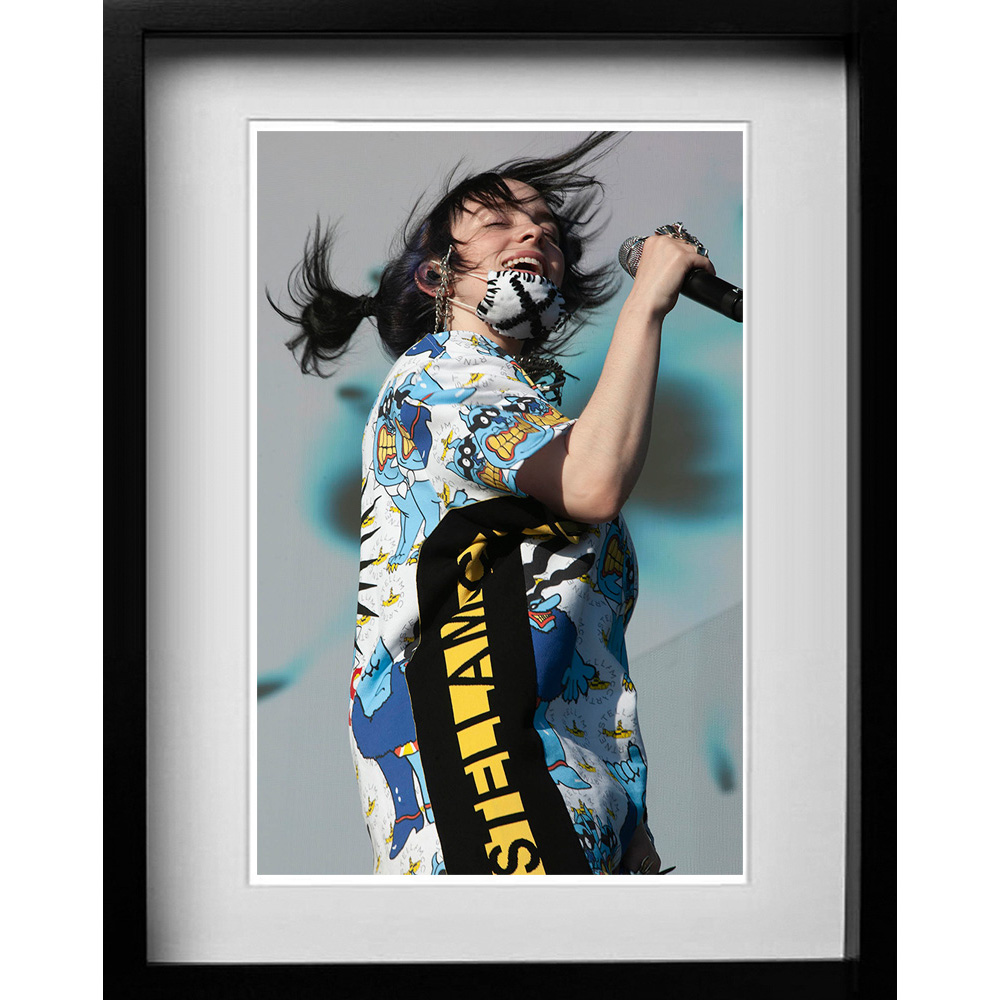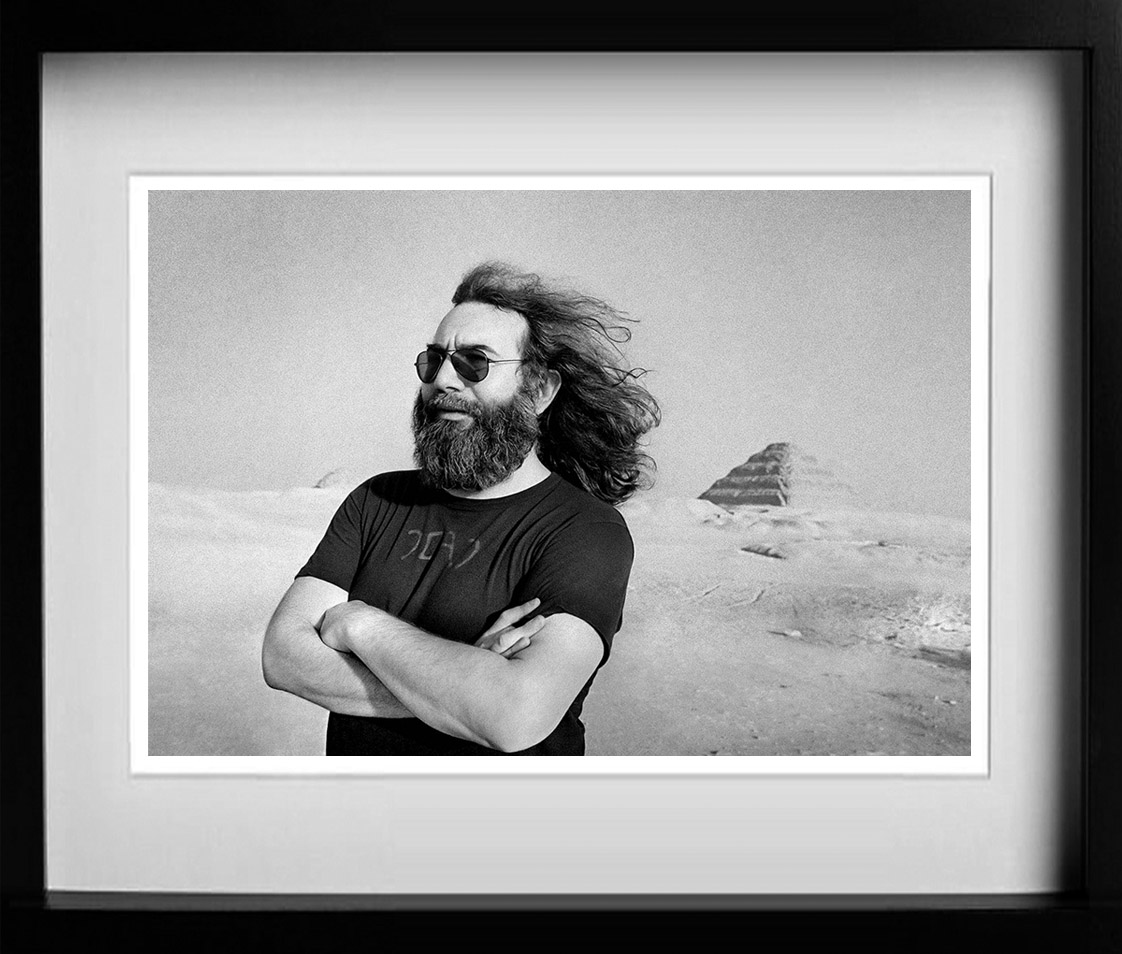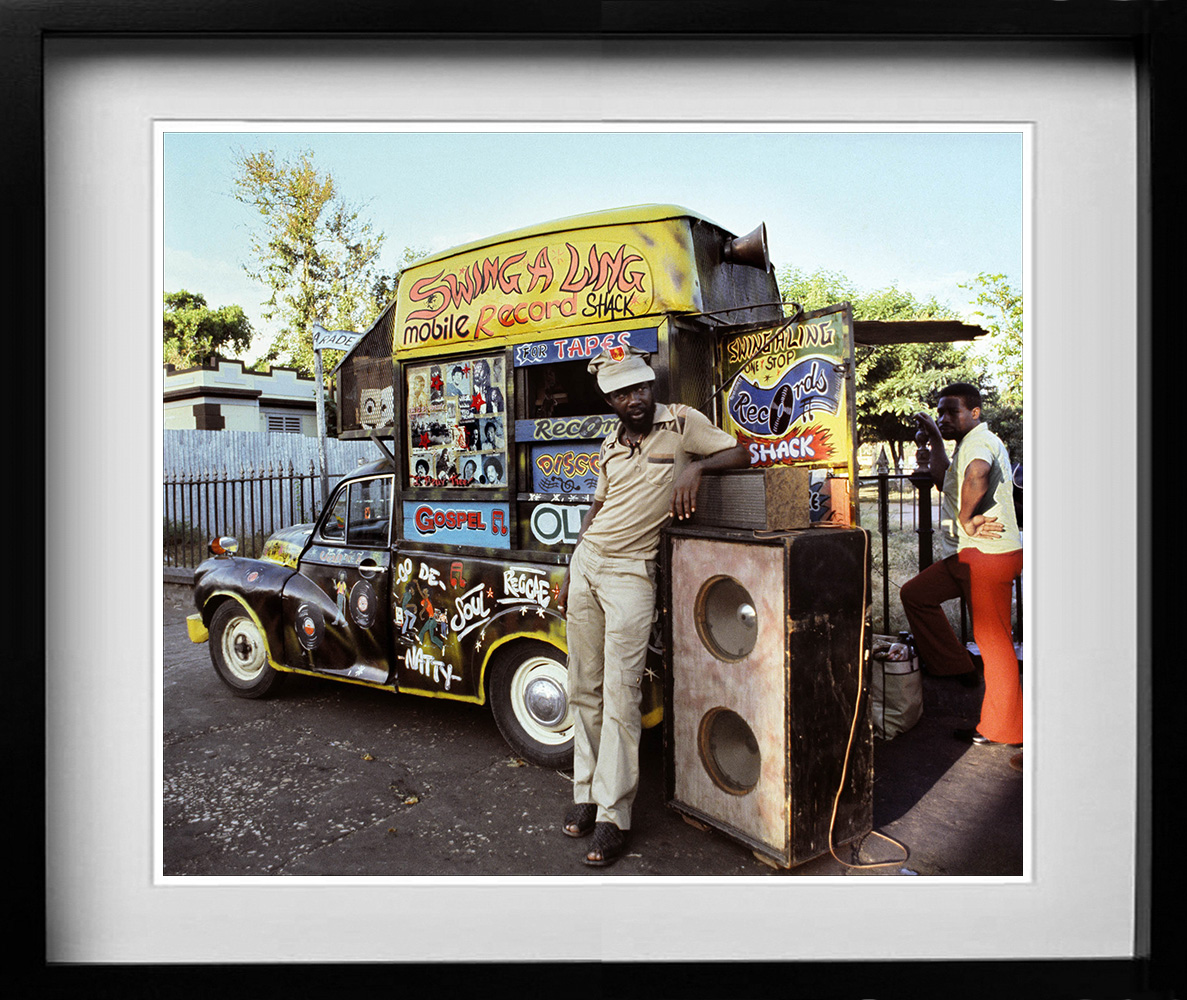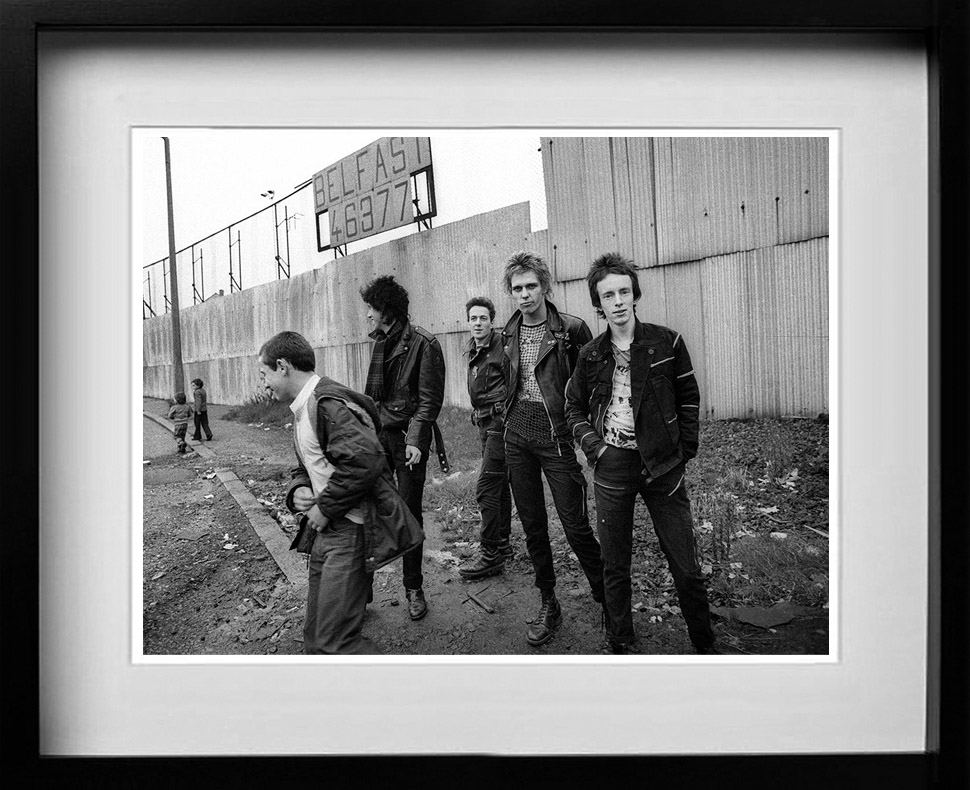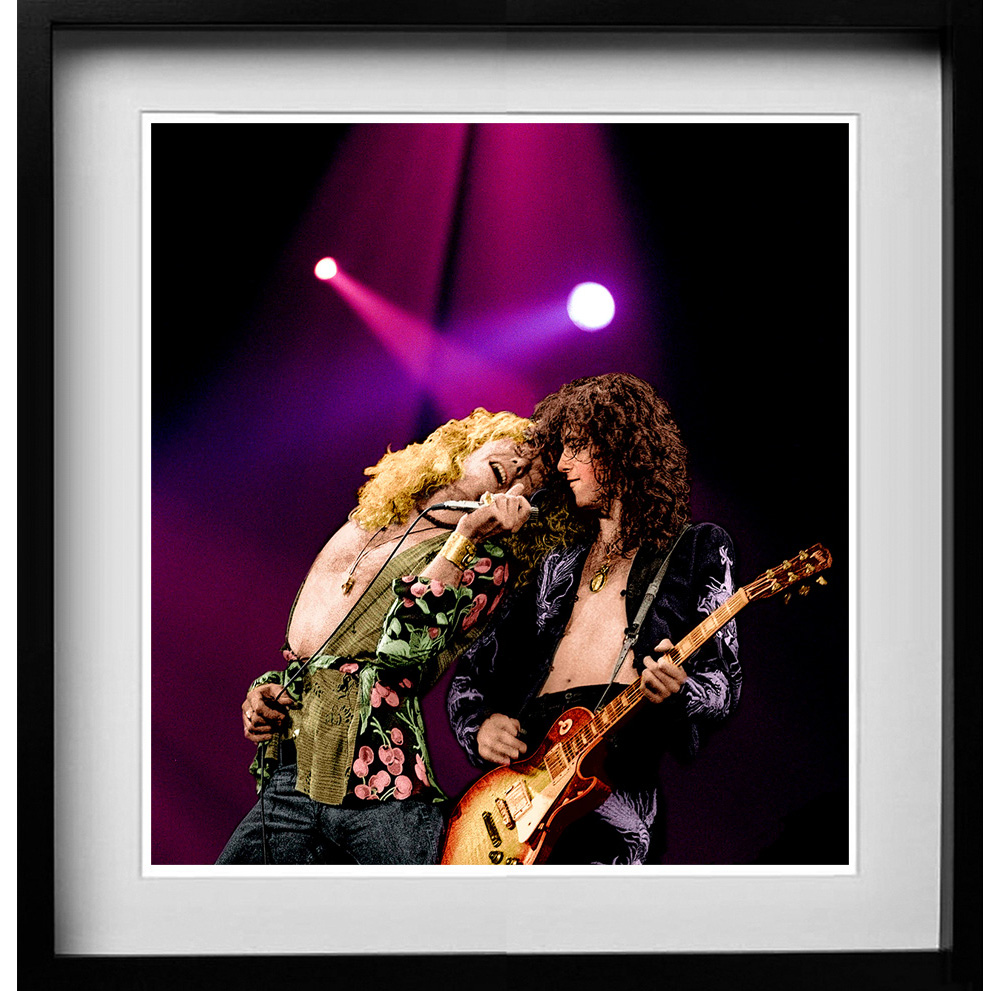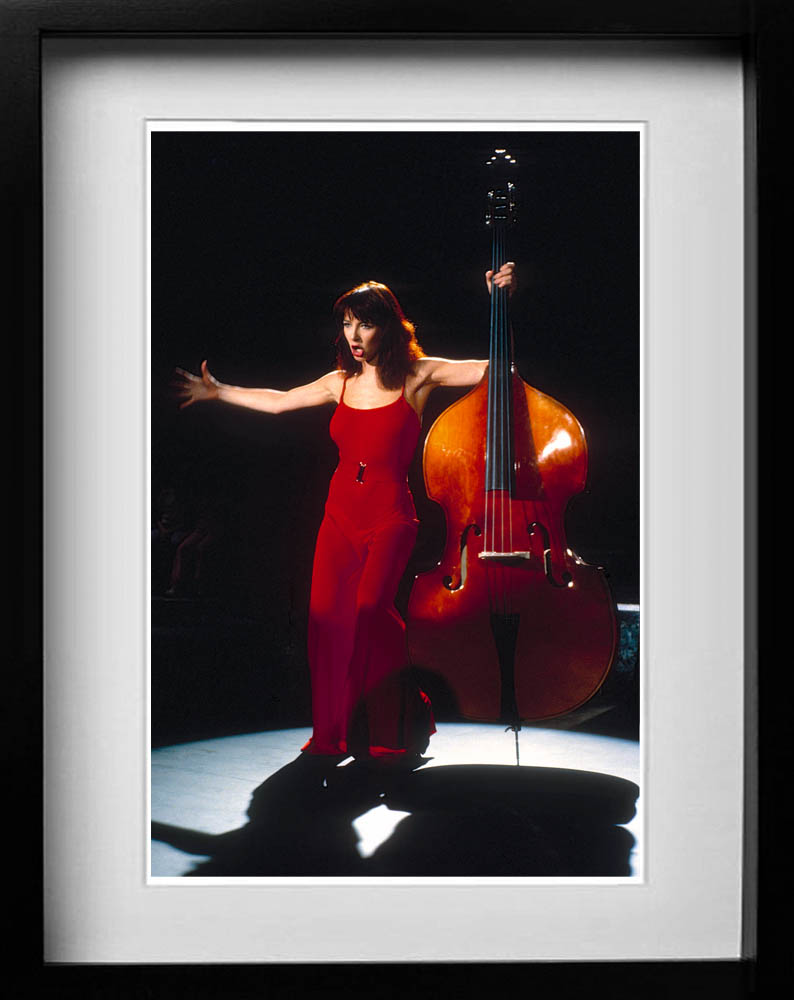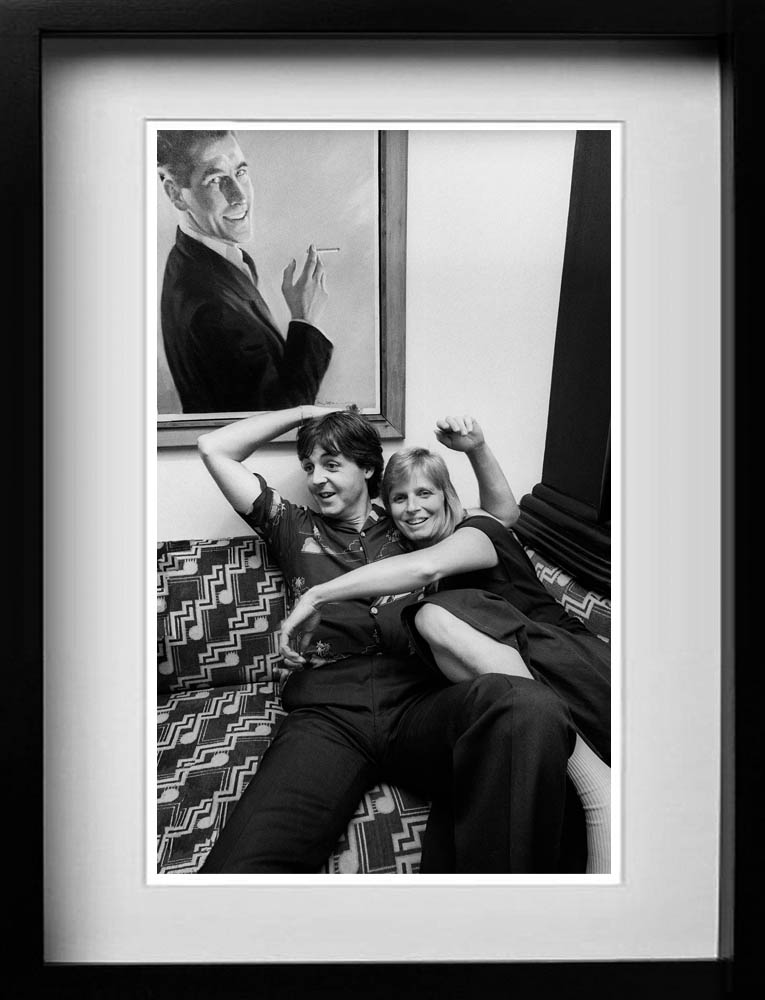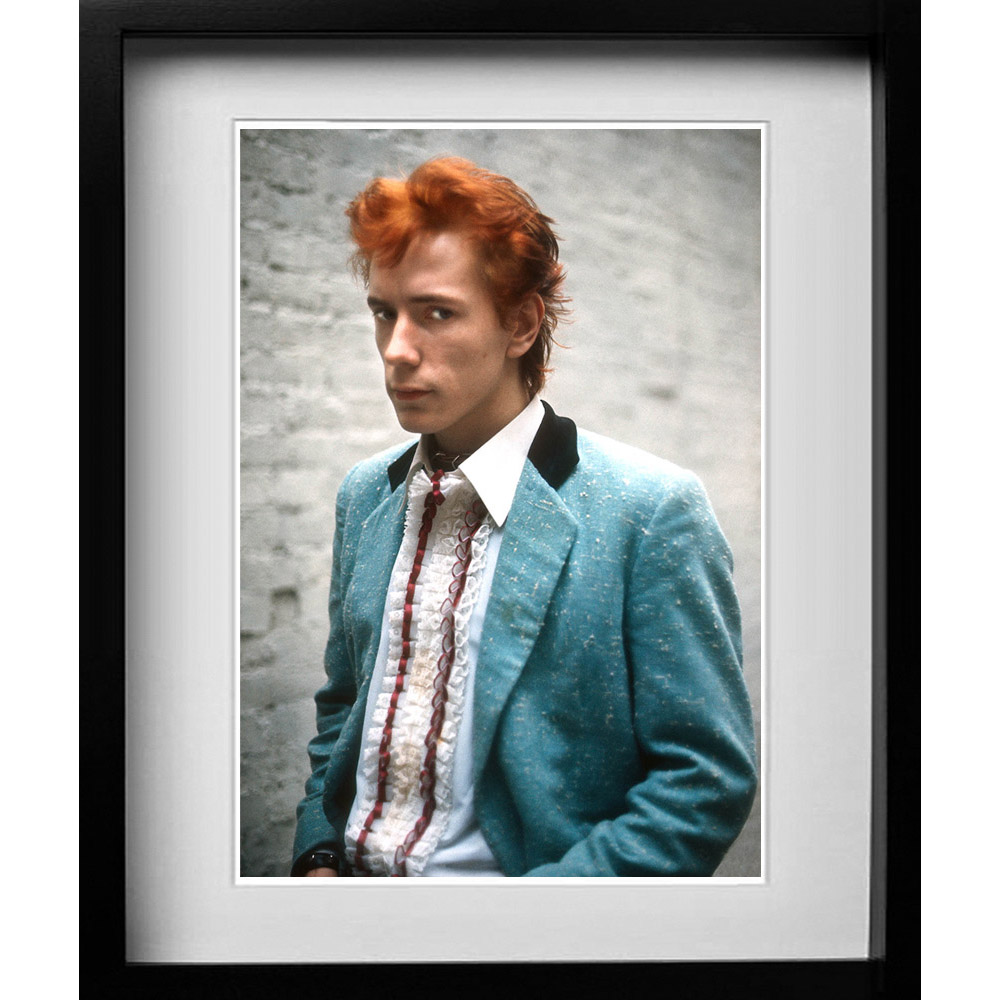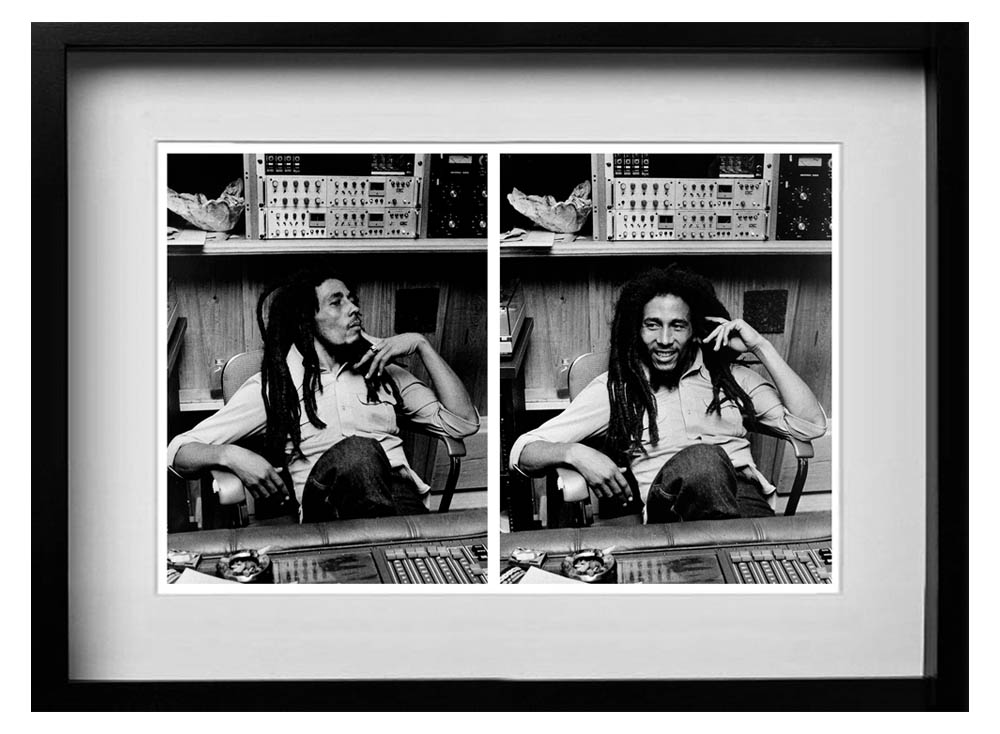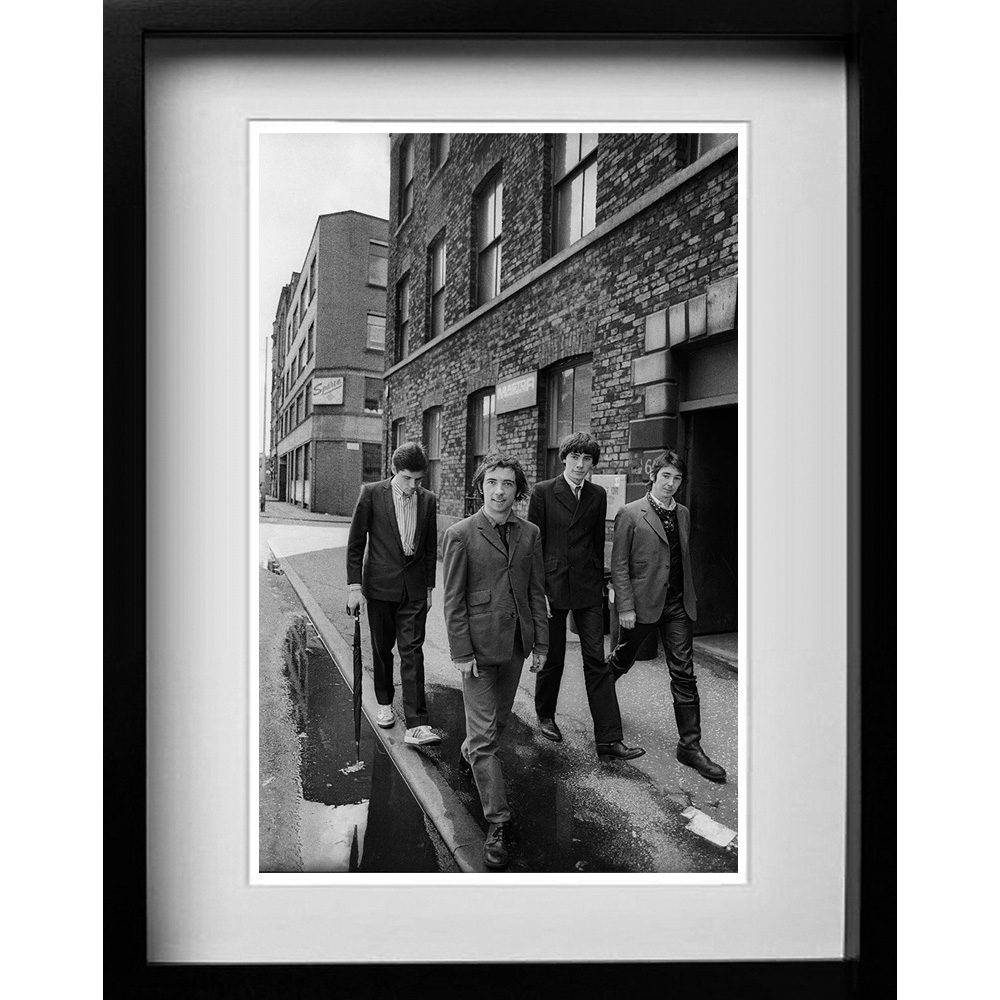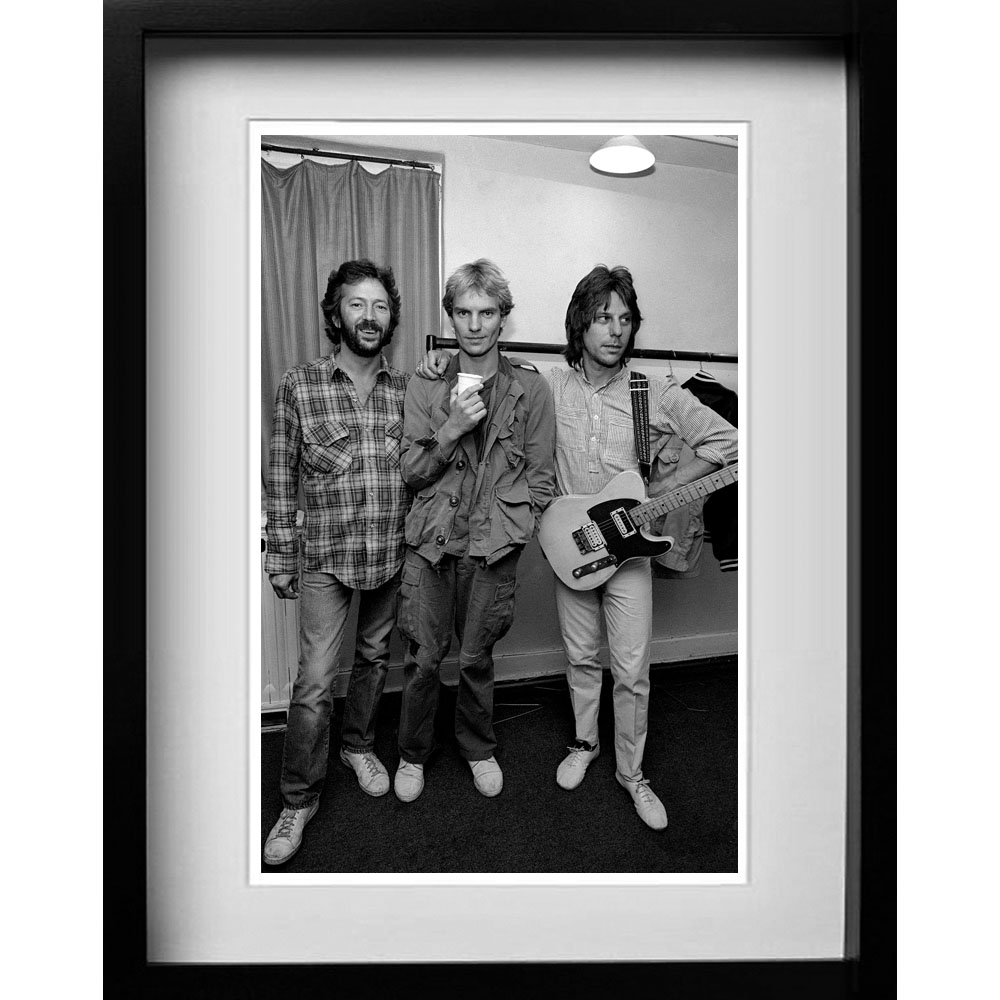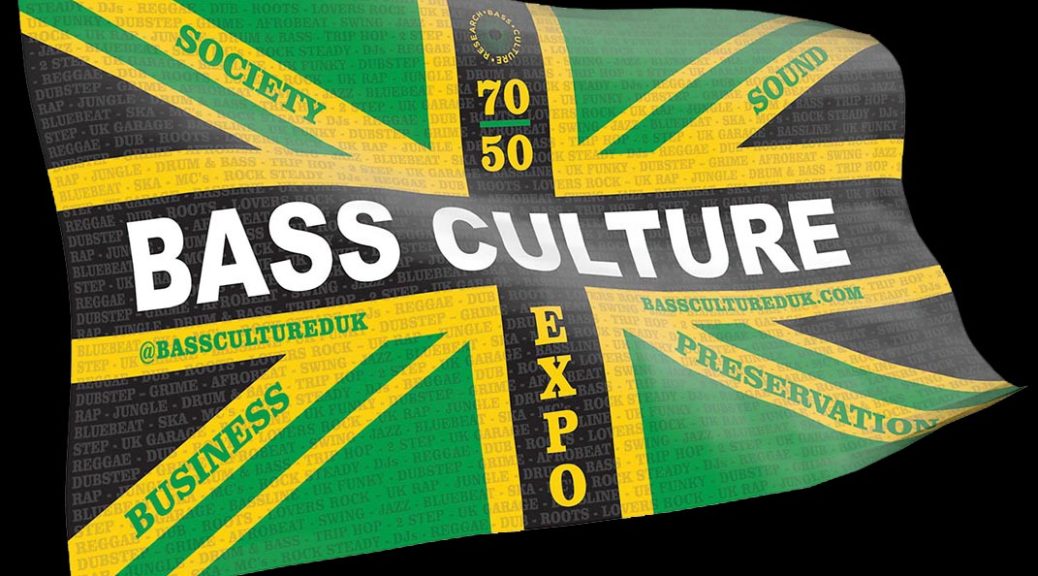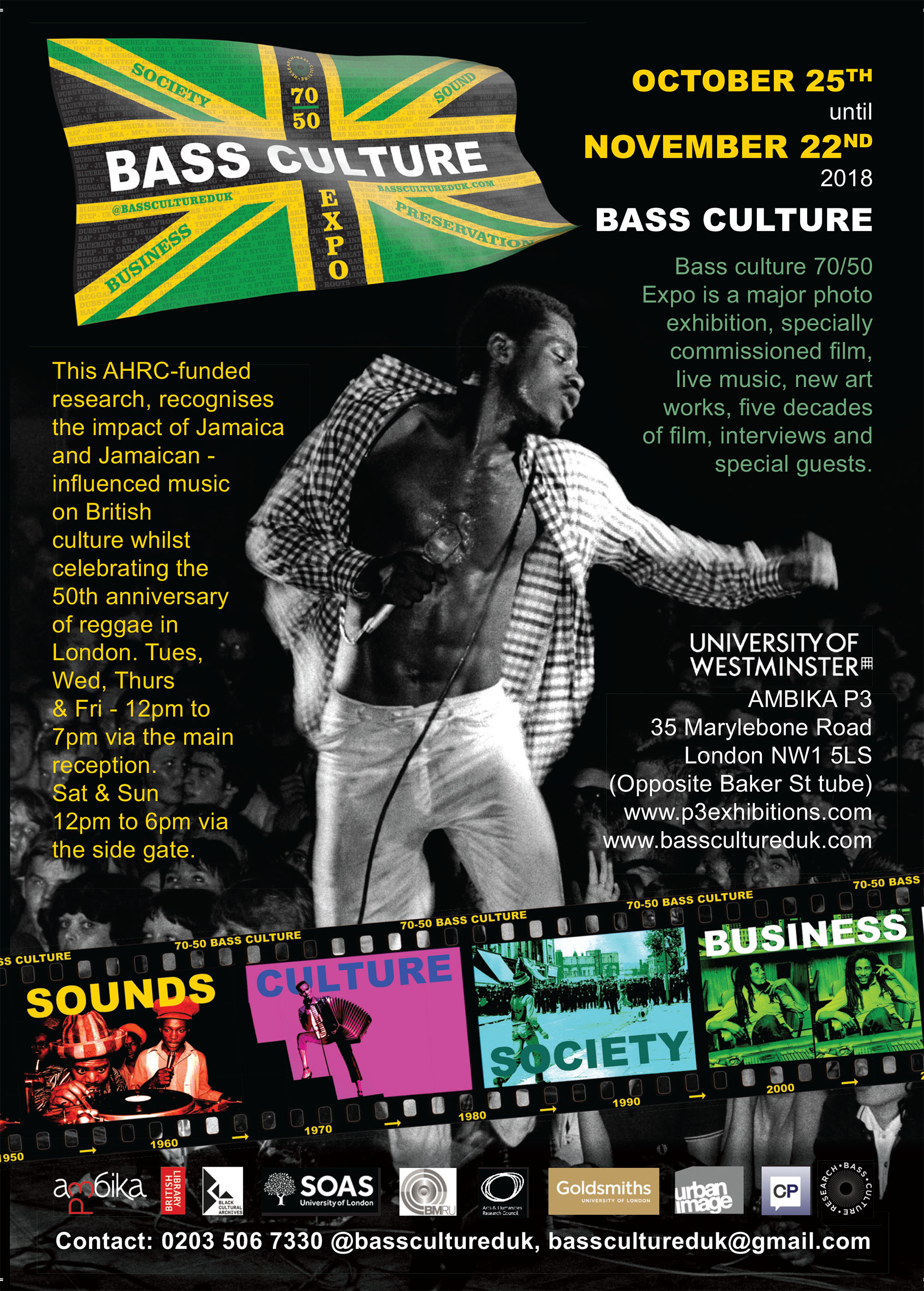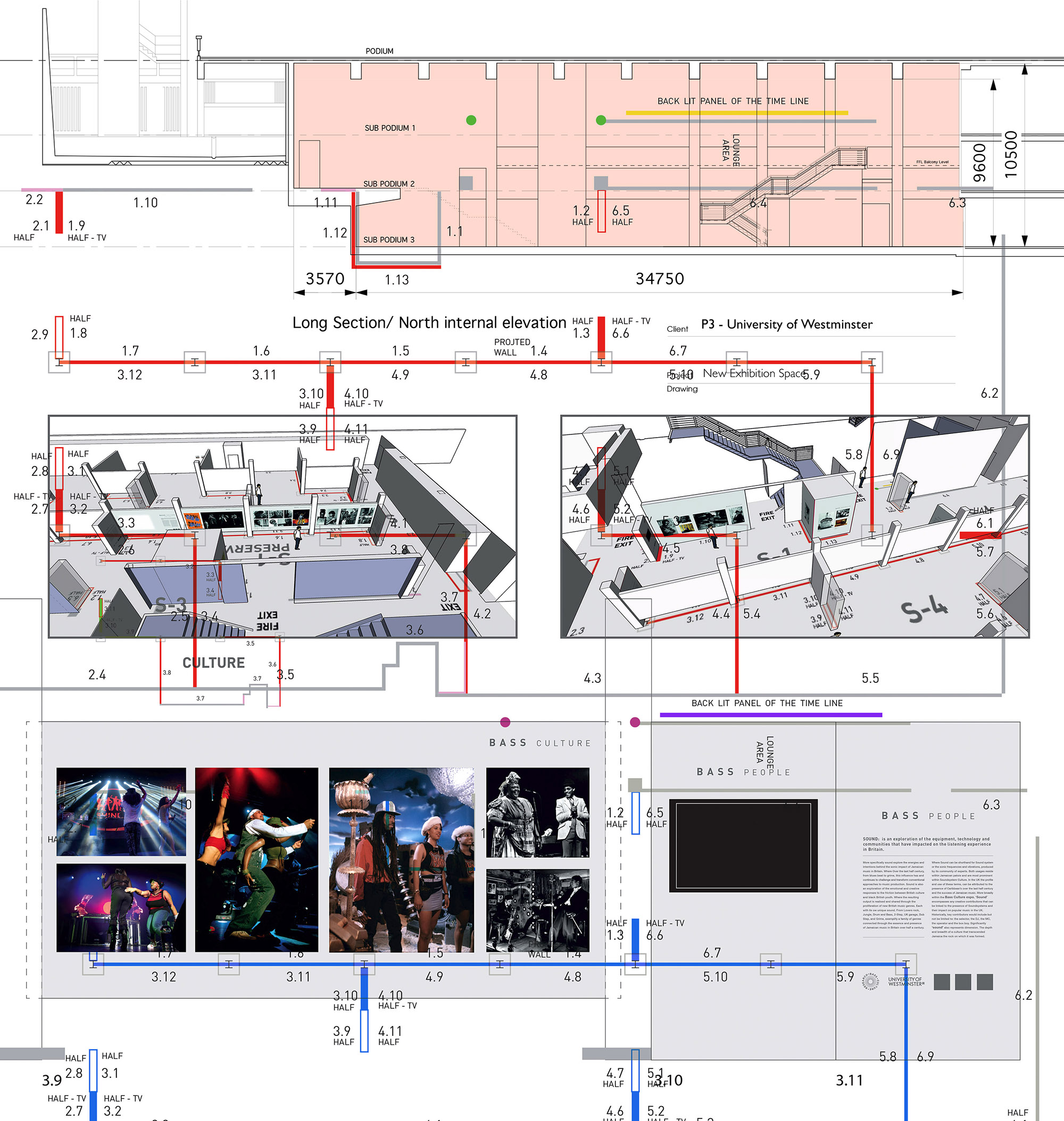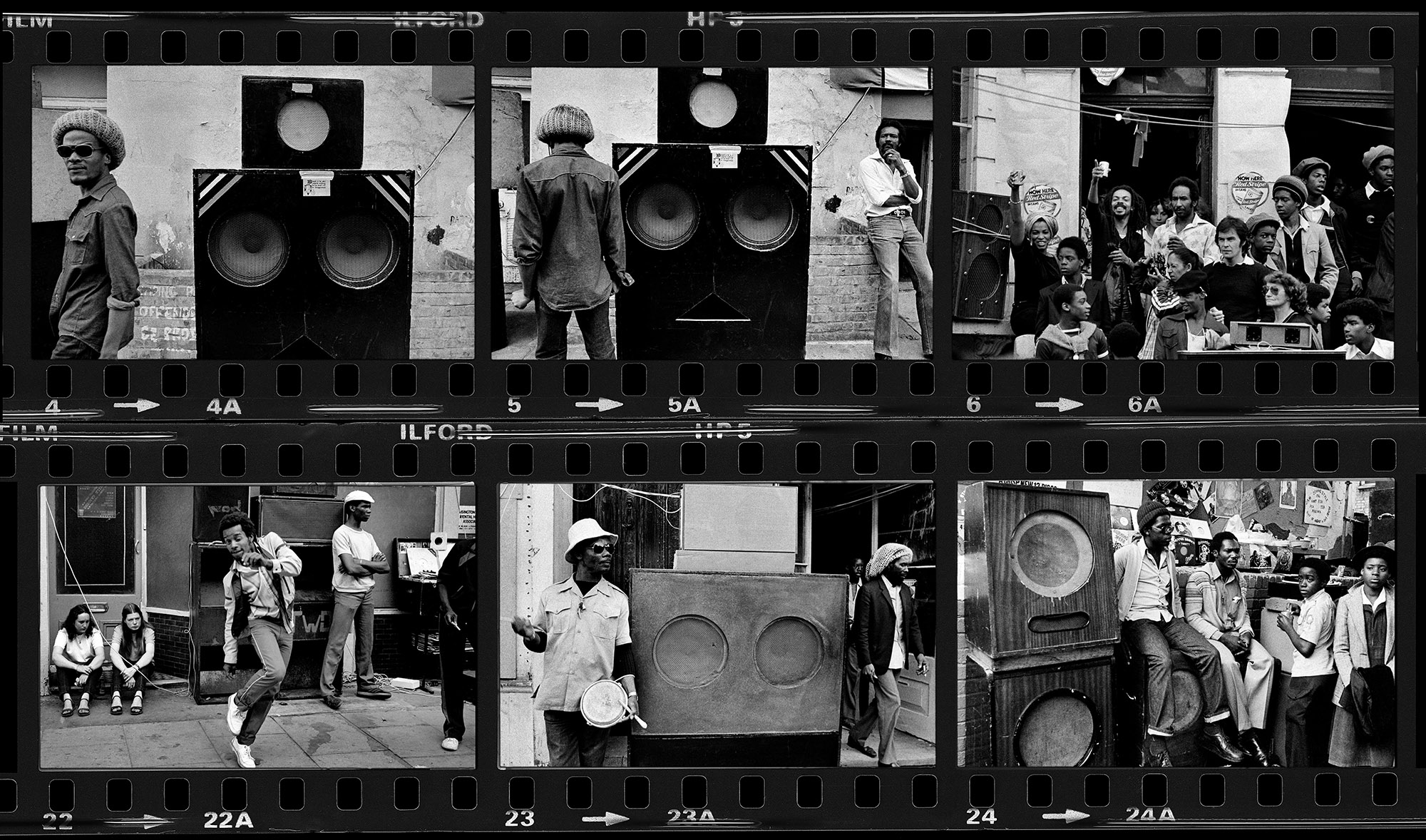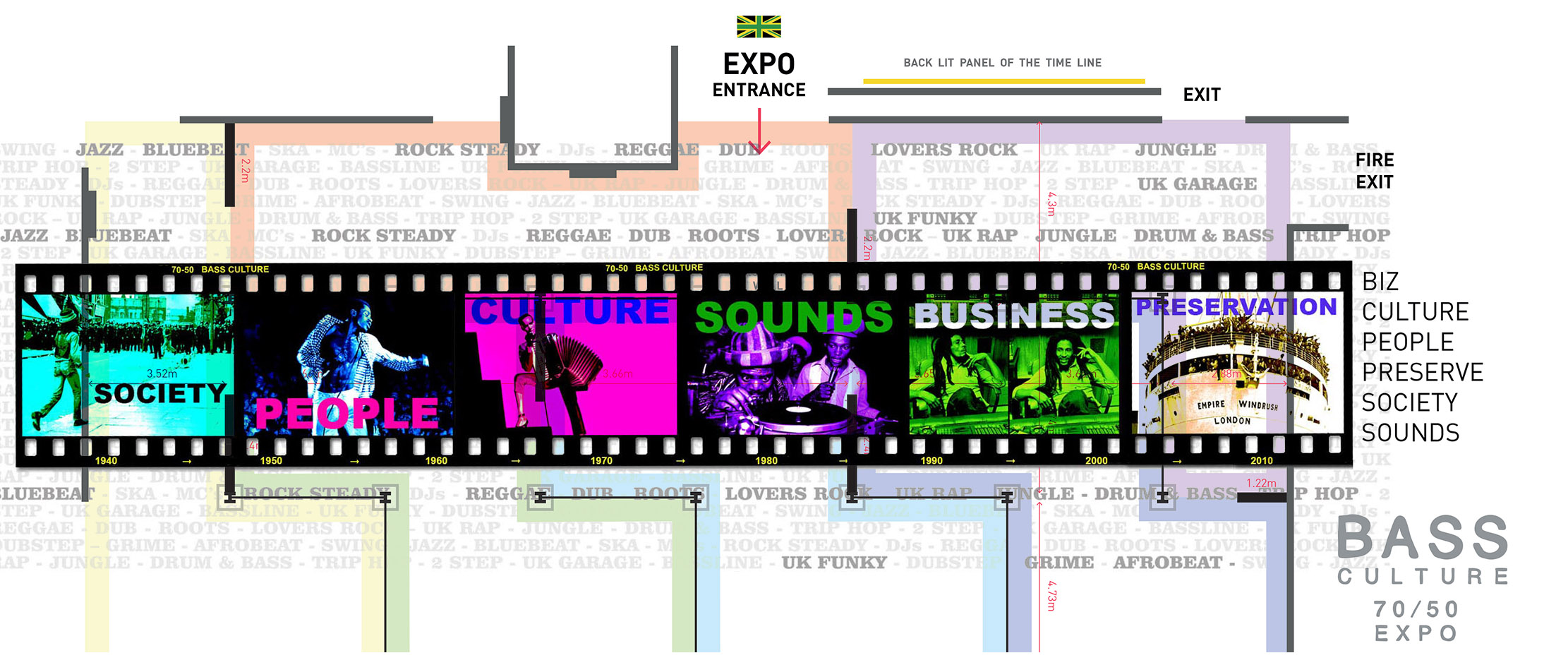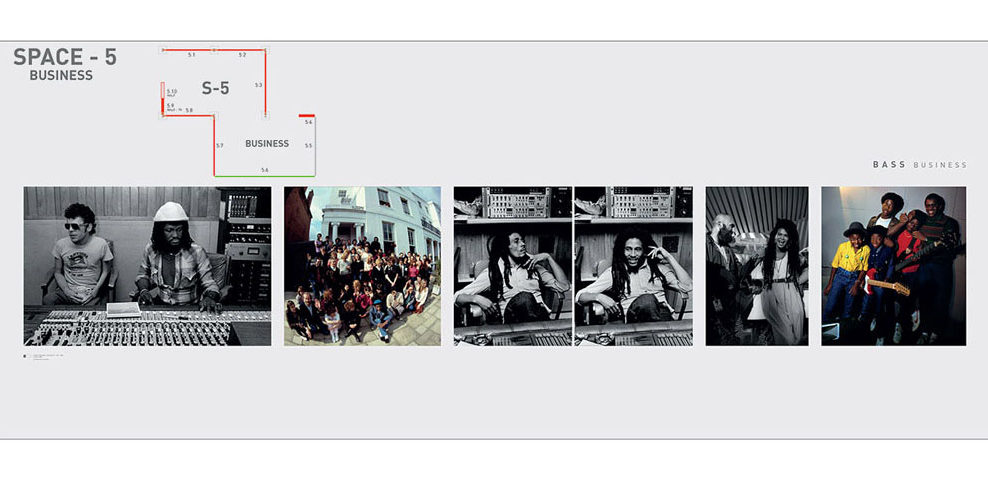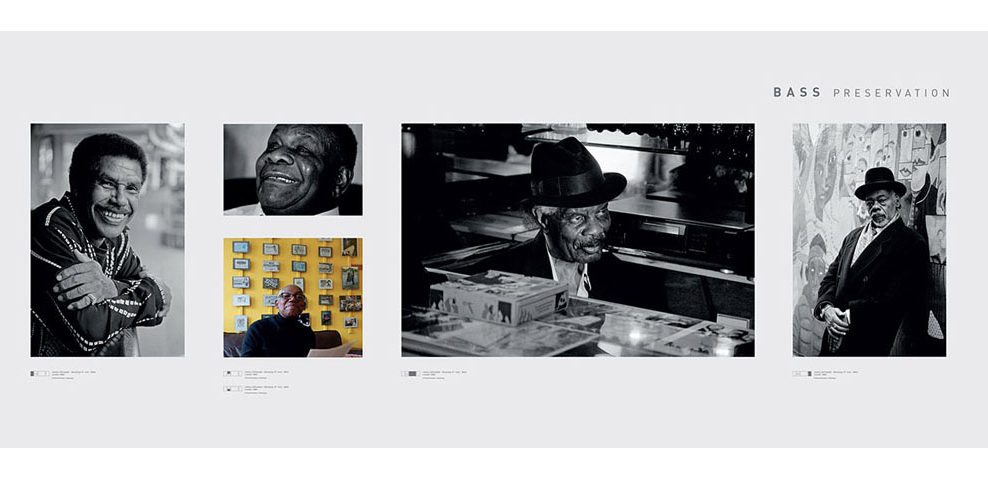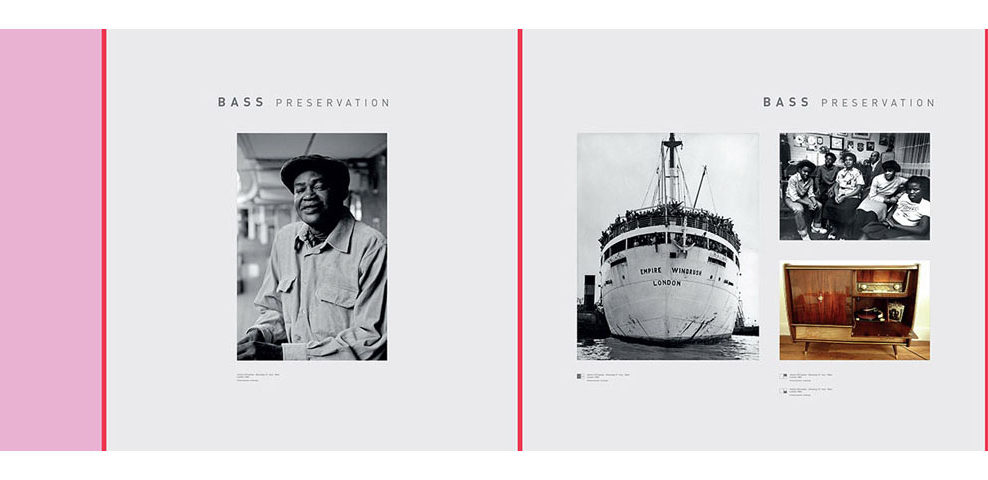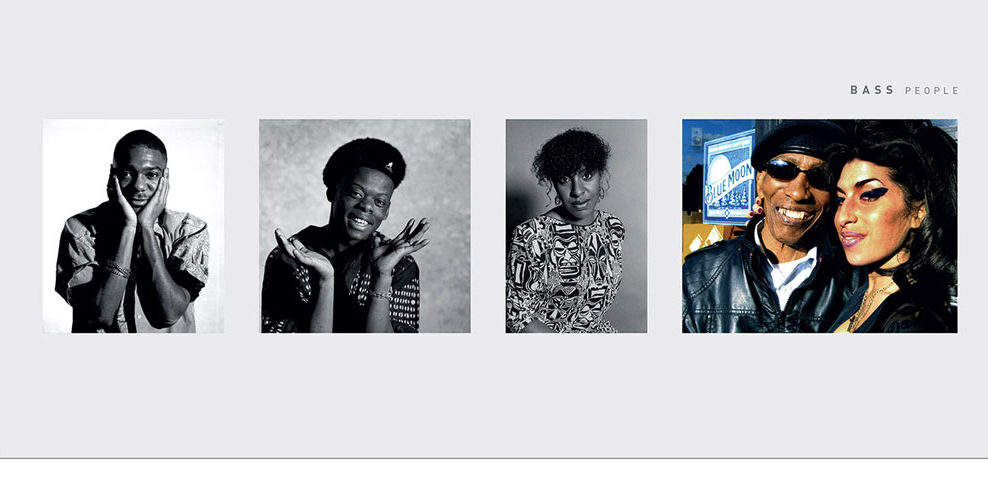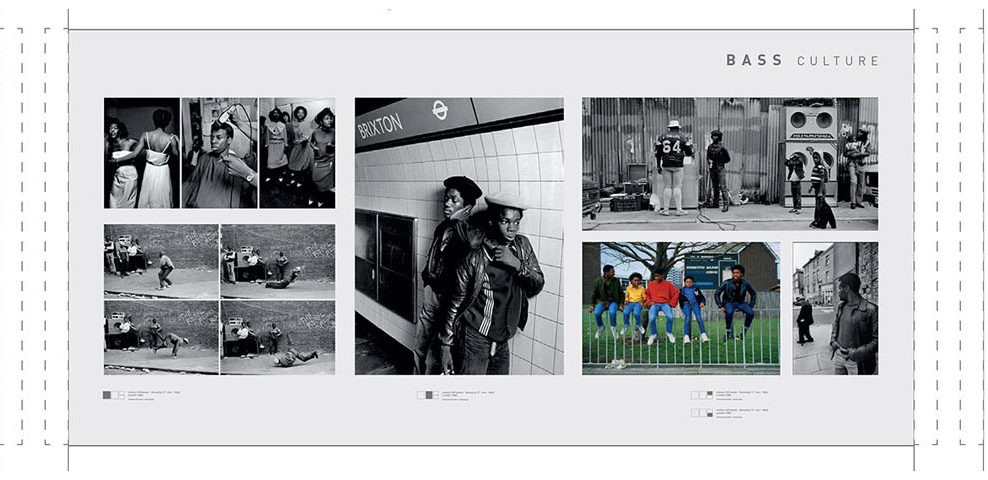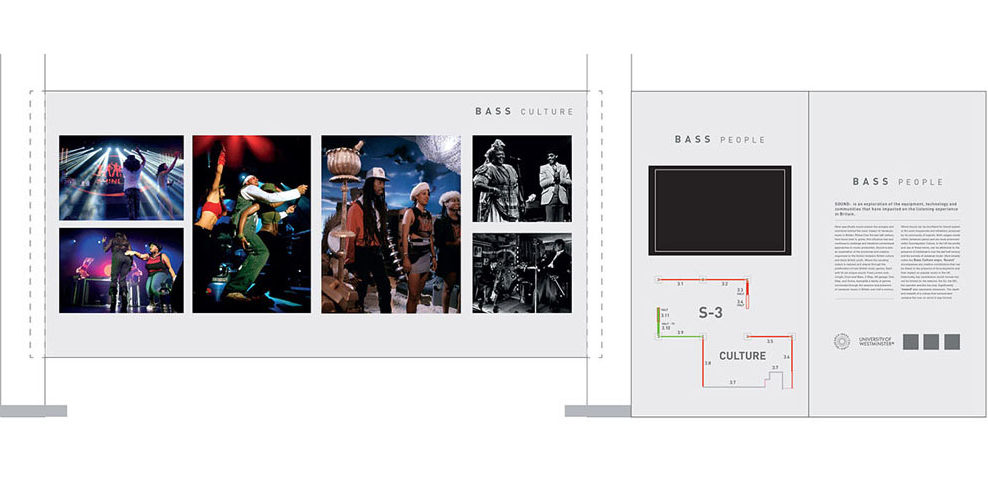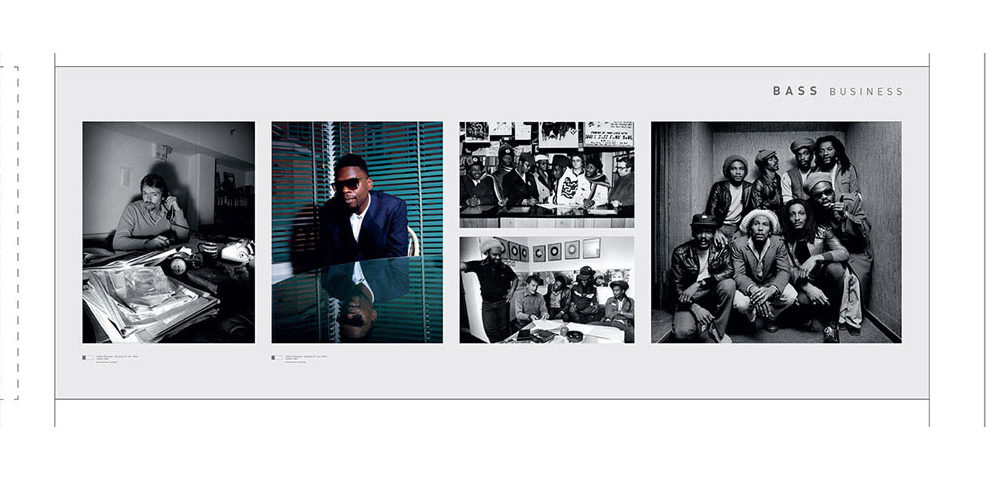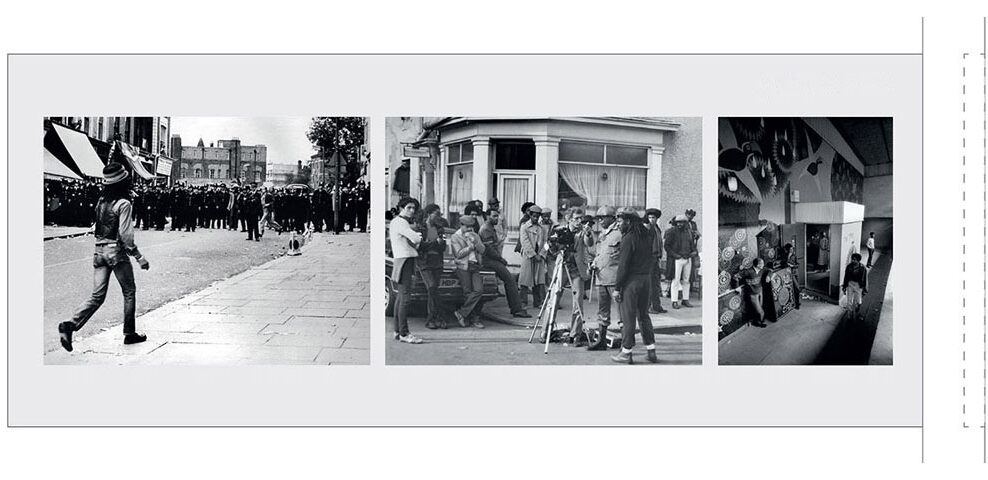Circa 9.30 PM 28th May 1977
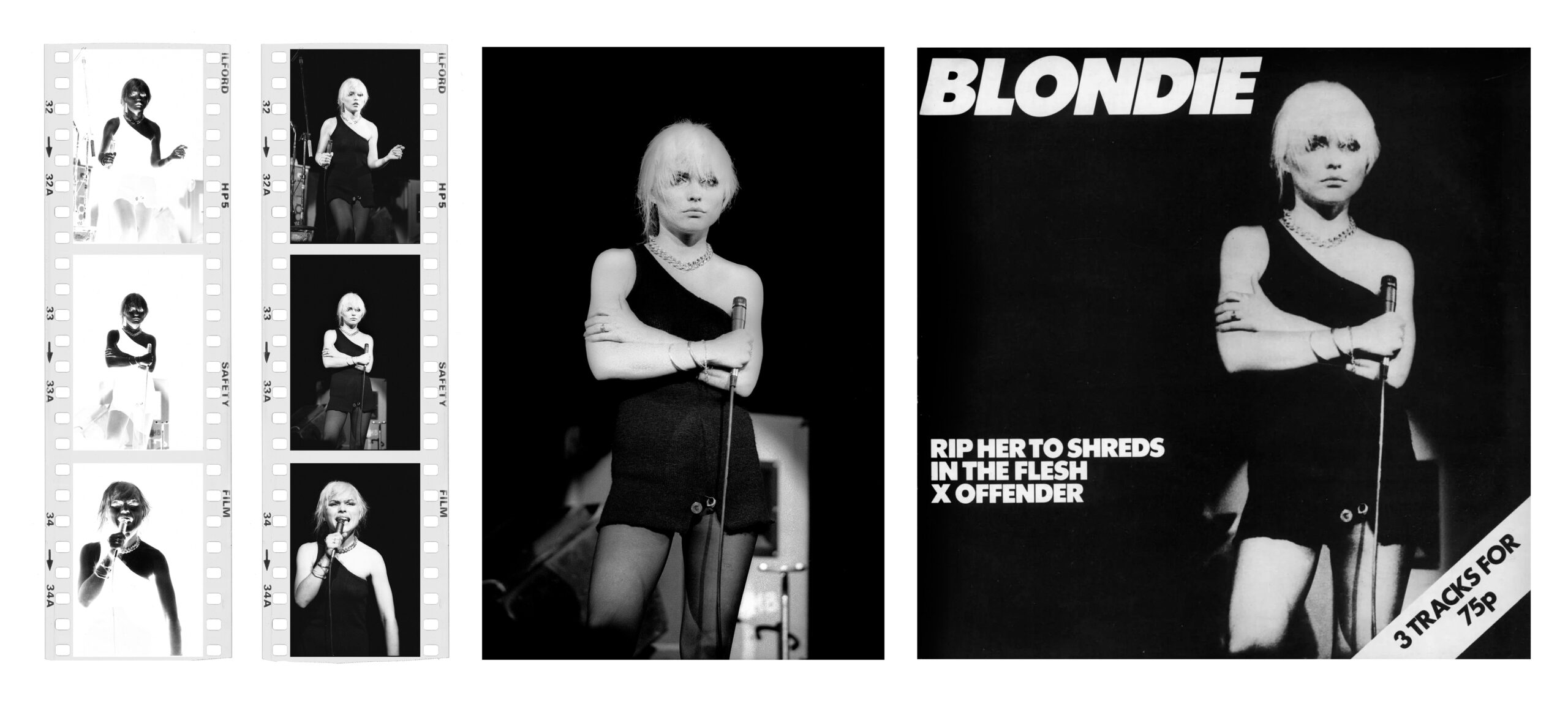
I was once asked to describe .. blow by blow and in minute detail the taking of a photograph. So here is my essay without AI.
A photon of light is emitted from the incandescent glow of the follow spot, bounces off Debbie perhaps forming a highlight in her hair or maybe a twinkle in her eye. The photon is reflected in this way into and through a complex array of glass lenses where it is focused onto a 35X24mm section of photographic film. This film is essentially a strip of a plastic coated in a gelatine like emulsion containing Silver Halide crystals. In case you didn’t already know the Halide comes from Halogen which comes from the Greek words hal and gen meaning salt making and silver halides are salts. Examples of halogens would be Bromine and Chlorine, the later finding a notorious application in first world war trenches thanks to the German chemist Fritz Haber whose wife committed suicide in 1915, ostensibly in protest of Haber’s involvement the gas-warfare. Anyway, back to our little piece of film and our photon of light. It is very likely to bump into one of millions of silver halide crystals lurking within the gelatine emulsion. It could be a Silver Bromide crystal or a Silver Chloride crystal, they are both Halides and both do similar things when bombarded with photons of light. These silver halide crystals are made up of trillions of silver halide molecules and our photon bumps into a single molecule and presto the silver halide splits into its component parts. In the case of silver chloride that would be a single silver atom and a chlorine atom. In reality our chosen crystal needs at least two photons to hit. If any chlorine gas is emitted it is a microscopic amount and so far as I know no photographer has ever complained about chlorine poisoning. If I may get a little technical chlorine gas is two chlorine atoms bonded together as a molecule and for this to happen we would need two silver halide molecules to participate and that would in turn produce two silver atoms. The two photons reflected precisely from the same spot from the same twinkle in Debbie’s eye and within the same nanosecond are focused onto the same crystal. In reality billions more photons bouncing off Debbie will find a home within a crystal on our little piece of film.
These atoms of silver formed within our crystal are confined within the pitch darkness of a camera and the camera will soon advance our piece of film into the light proof safety of a metal film canister. Light proof because we don’t want any more photons making even more silver atoms. If the film is left out in the light then all of the silver halide crystals will turn to grains of silver and we would lose our precious image of Debbie forever.
This image capture must happen in small fraction of a second. Any later and the twinkle will have gone, Debbie will have moved. I will have moved. Everything will have changed. Henri Cartier-Bresson’s decisive moment will have passed. So the camera and lens that let in our photons must stop letting in photons within that same fraction of a second otherwise all will be lost.
The Blondie concert was at the London Hammersmith Odeon in 1977 and the stage lighting was pretty basic. Behind Debbie who was illuminated by a solitary spot light was a murky darkness. A void from which no photons can be reflected back onto our film. In fact most of the scene is black, a no photon zone of darkness. To be fair a wider angle lens than the one I was using would have revealed the whole stage together with other musicians, microphone stands, large backline speaker cabinets, amplifiers and pin points of red and green light indicating the presence of yet more electronic equipment. But I was using a small telephoto lens so my view was restricted to and concentrated on Debbie. Back in those days 1977 cameras and lenses were primitive compared to today’s equipment. It was through this small 135 mm telephoto lens that the light photons were focused onto my film. The camera a Nikon F2 had a very simple built in light meter providing an average light reading for the whole scene, although it did favour the central area. Now this was a problem. If I set the shutter speed and aperture as suggested by the light meter then Debbie would be completely bleached out, a reversed silhouette, and the background would turn from black to a muddy grey as the camera struggles to take in more and more light photons just to satisfy the exposure demanded by the light meters. If I’m allowed to get a bit technical the light meter probably suggested a shutter speed of 1/30 second with a lens aperture of F2.8. It is worth noting that 1/30 second is borderline. Any slower speed would run the risk of the image being blurred as well as over exposed. Motion blur, camera shake as I struggle to hold two cameras with one at my eye and the other round my neck and of course a heavy camera case over my shoulder. At this point I’m thinking that I have two ways of limiting the number of photons that get through to my film. One way would be to reduce the aperture, the size of the lens hole on a camera lens is controlled by opening and closing of an iris like diaphragm. The light meter suggested F2.8 which on my lens would be wide open. Closed down to a pin hole would be F16 on my lens, so to stop Debbie from being overexposed I need to limit the light entering the camera. Closing the Iris down to F4 would probably do the trick. An advantage of closing down the Iris towards a pin hole is something called “Depth of Field” which in this case basically means how accurate you have to be when focusing the lens, something that can be tricky with a poorly illuminated moving target. The other option would be to reduce the shutter speed from 1/30 second to maybe 1/60 second or even 1/125 second. That would also limit the number of light photons entering the camera. 1/125 second would also decrease the possibility of camera shake or motion blur. I decided on the final settings with in a split second. 1/60 second at F4 would have to do. Unlike modern digital cameras with LCD screen previews, I had no real idea if the shot had worked. Was it overexposed, underexposed, blurred etc. I won’t know until over 24 hours later. A latent image of Debbie will remain secure in the darkness of the film canister until then.
Circa 9.30 AM 29th May 1977
A micron is one millionth of a meter and the largest of our silver halide crystals have a grain size of about 2 microns and our 35X24mm frame has more than 3 million of them. The roll of film in the camera has 36 such frames each with 3 million plus halide crystals and each with a latent image of Debbie. I would have changed lens numerous times during this roll of film. From a wide angle lens taking in the whole stage to the telephoto lens used to create the image on our particular frame. The film canister containing our frame brings to mind the dilemma faced by Schrodinger’s unfortunate cat. Hidden away in a box the only way to tell if the cat is dead or alive would be to open the box and look. The same is true with our precious frame and its latent image. In order to open the film canister and look I first have to go through the process of developing the image and fixing it. Only then will we know if the photograph is dead or alive. But first I must remove the film in total darkness and wind it on to a wire spool placed inside a stainless steel light proof tank ready for the chemical process. The first chemical to be poured into the tank is a solution of D76 developer. D76 is a mixture of Metol, Hydroquinone, Sodium Sulphite and Borax. This rather noxious mixture will turn any halide crystals that have a free silver atom or two entirely into a visible black grain of silver. If this D76 developer is left in the tank for too long all the halide crystals become grains of silver and the image will be lost. So the developer must remain in the tank just long enough to convert only the silver halide crystals with a latent image. The time was an anxious 9 minutes. Following the instructions for using D76 diluted with water 1:1 at a steady 20C the time should have been 7 minutes but because the light in the Hammersmith Odeon was on the low side I used my roll of Ilford HP5 film at 800 ASA instead of the 400 ASA written clearly on the box. The larger the ASA number the more sensitive the film will be to light. But there is a trade off. As the sensitivity of the film increases then so the microscopic grains of silver increase in size. So much so that the grain is clearly visible with the naked eye with or without a magnifying glass. To achieve 800 ASA with my roll of film I increased the development time to 9 minutes. After the 9 minutes are up I tip the D76 developer into a waiting waste bottle. Then very quickly pour in the second chemical bath. Quickly because it’s job is to stop the development. Stop any more silver halide crystals from turning into grains of silver. This stop bath is a dilute acid, an acetic acid solution. The develop works only in an alkaline environment so the acid is needed to neutralise any residual alkali and stop it working. Then after 1 minute or so the stop bath is poured down the sink and the film is ready for its final chemical bath. The fixer is a solution of sodium thiosulphate among other things, and its job is to remove all those light sensitive silver halide crystals that were not exposed to light photons. The moment of truth is close. After 10 minutes the fixer is poured away, and a steady stream of water from the tap runs for 20 minutes though the tank removing any residual chemicals. The tank is opened and the strip of film hung from a line with laundry pegs to dry.
Circa 2.30 PM 29th May 1977
The roll of Ilford HP5 film has been cut into 6 strips each containing 6 frames and carefully inserted into a glassine negative storage page. Removing the strip containing the frame in question I carefully placed it on my light box, holding at the edges so as to avoid finger marks. Using my magnifying Lupe i scan the the strip looking for our frame. And there it is, an almost perfect negative. A reversed out Debbie against the clear transparent background.
Now all that remains is to enlarge the image, turn the negative back into a positive Debbie Harry and print it. The film is carefully placed in a photographic enlarger arranged so that light is projected through the film and focused with a lens onto a sheet of photographic paper. The photographic paper is not dissimilar to the film. It is a sheet of paper coated in gelatin doped with the same Silver Halide crystals. The negative will light photons through the clear film background but not so easily through Debbie. The grains of silver in the negative will block the light. The more grains the more the light is blocked. The light that does get through strikes the silver halide crystals in the paper leaving a latent image which is the reverse of the negative. The dark areas on the negative will become the light areas on the paper and visa versa.
Unlike the roll of film this photographic paper can be handled in amber or red light so in a darkroom equipped with such a light we can watch the process. Once the paper has been exposed in this way for anywhere between 10 seconds and 30 seconds it is placed in a tray of print developer. Before my eyes the image of Debbie slowly appears. When it looks at its best the print is transferred to the stop bath and finally to the fixer bath for a good 10 minutes or so. The print is then washed under running water for 30 minutes and hung up to dry.
It’s Monday morning and the prints and contact sheets are spread out across the desk of Chris Briggs at Chrysalis Records. I could still smell the sulphite from the fixer on my hands. Which ones would be good for Press ? Do we have an image that can be a singles bag for the release of “Rip Her to Shreds” ? and so after a brutal selection process the key images are agreed.
(c) Adrian Boot

